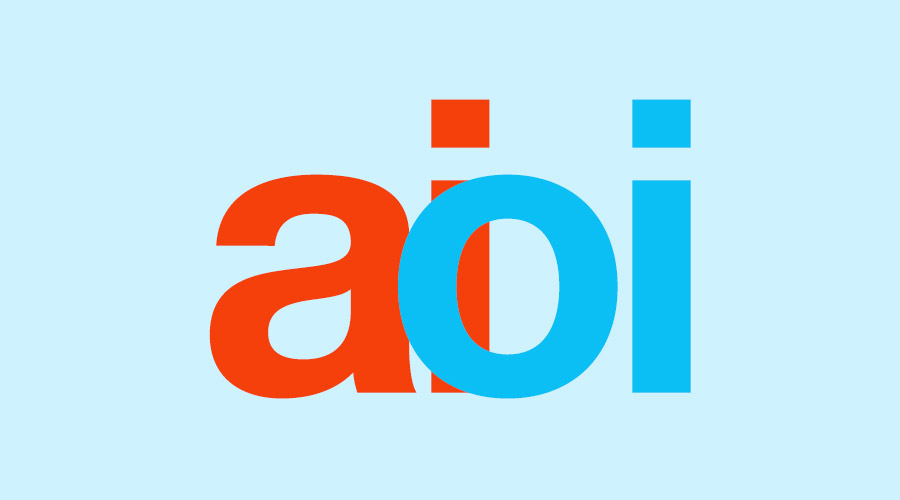
Open Innovation in the Age of AI paper by Marcus Holgersson, Linus Dahlander, Henry Chesbrough, and Marcel L. A. M. Bogers is a great summary of how artificial intelligence can impact open innovation. I will add two important points to the paper:
Open innovation is a relationship
In different cultures open innovation is understood differently. For example, Wikipedia page for open innovation in English and French are different – English is very technical, while French uses words like principles, ethics, and solidarity. In some industries and cultures open innovation is understood as a new way to relate to clients, customers, end-users. It is an ultimate human-to-human collaborative relationship. Process and participants are more important than the resulting innovation. While AI can liberate open innovation from boring repetitive tasks, I would like that collaborative relationship of open innovation – openness – is more emphasized. If the openness part is not protected, open innovation will be diminished.
Open innovation for artificial intelligence
Also, an important aspect of open innovation and AI is not how AI changes open innovation, but how open innovation changes AI. AI is a form of centralization – it is an expensive and complex technology which is extremely hard to edit by users. While it will solve many problems, it also requires a counterpart – something that destresses its extreme centralization, a more open approach. If every company in the world uses the same AI then we will reduce innovation and uniqueness. Also, AI greatly depends on third party data, which is a form of open innovation, and AI makers will not always be able to simply buy it. AI will need to adopt open innovation in order to become a truly liberating and universal technology.
If we forget that open innovation is not only about innovation but also about being open, we are limiting its capacity. If we assume AI is something that changes us, instead of something that we change, again we are limiting its capacity. Both open innovation and AI are amazing tools with which we can build our future, but they need to be used at full capacity – open innovation and AI must be truly open.
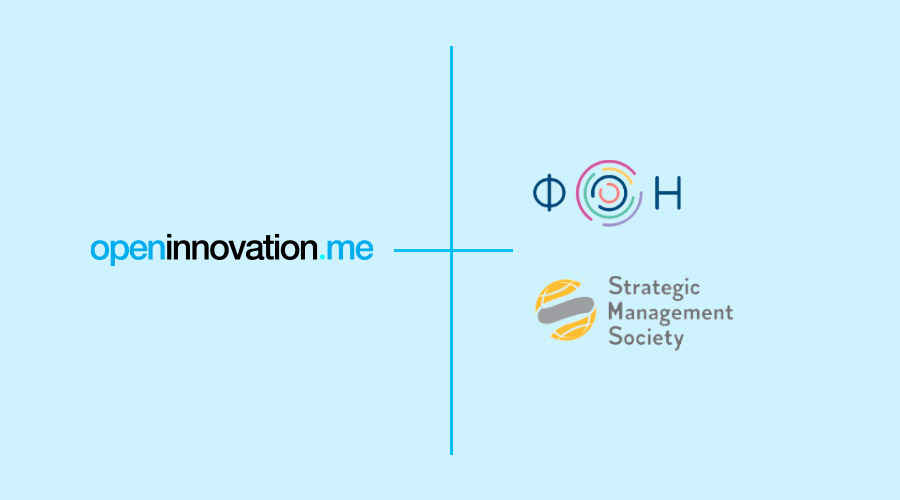
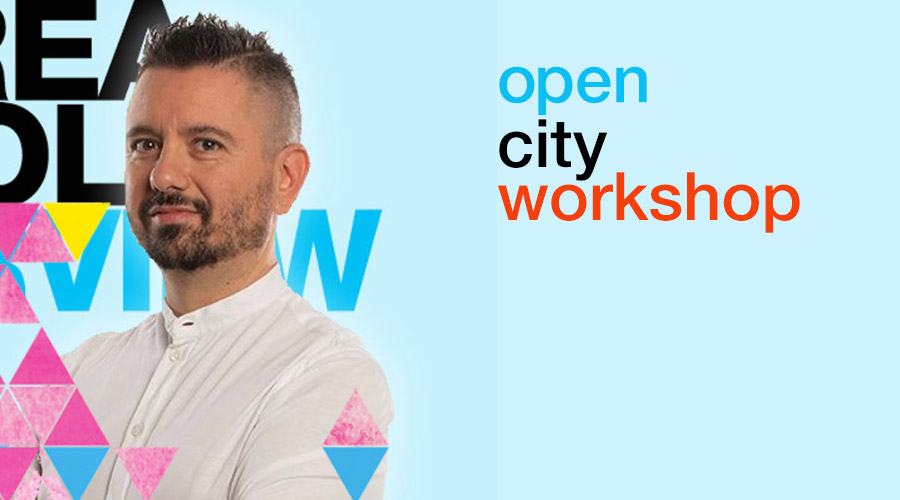
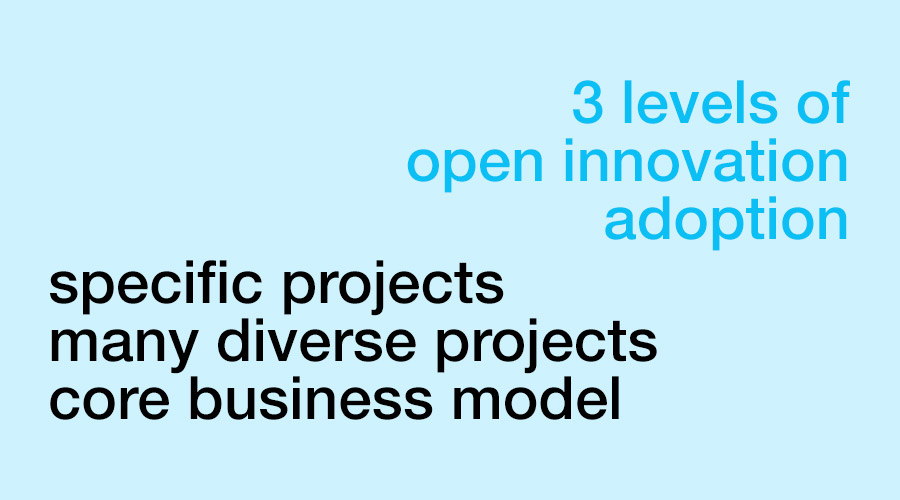
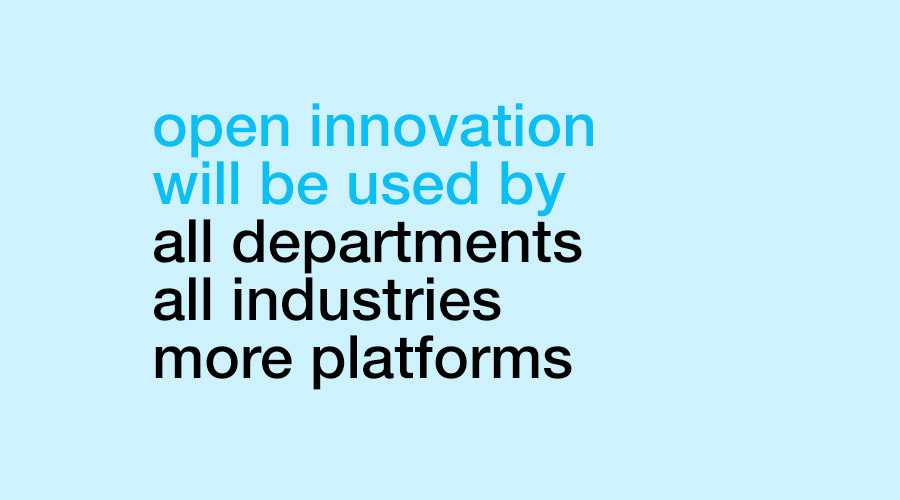
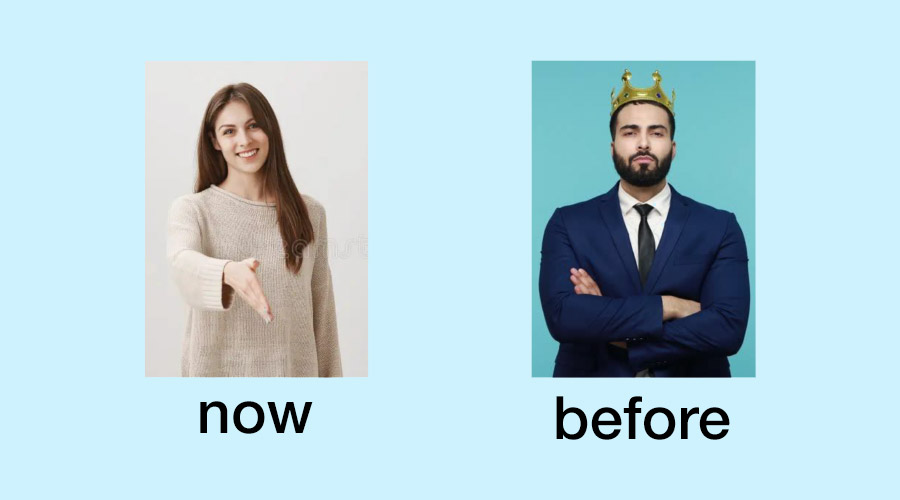
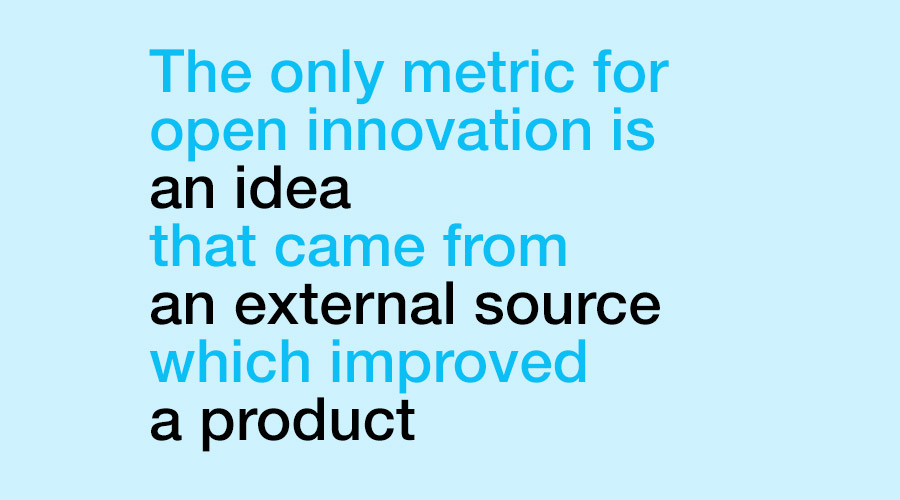
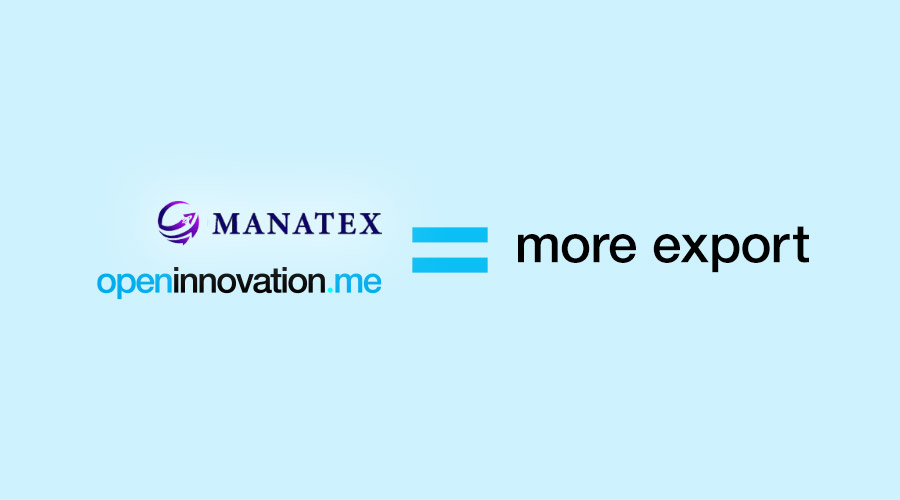
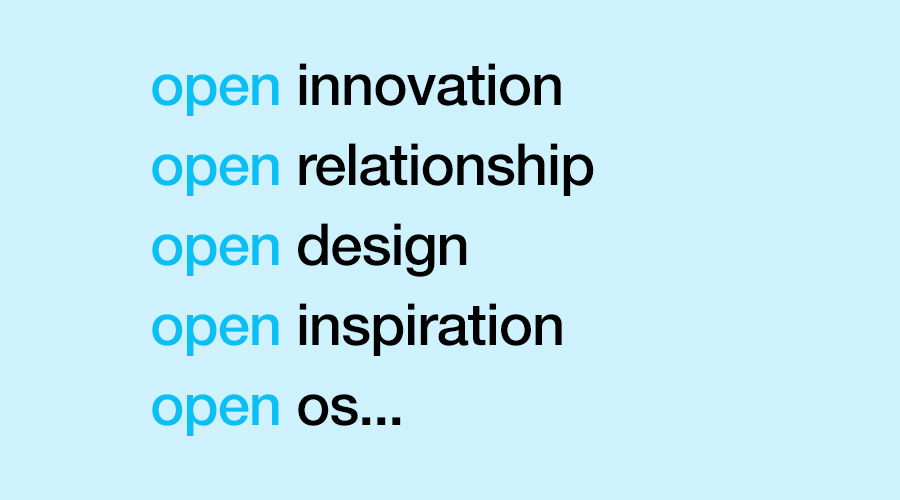

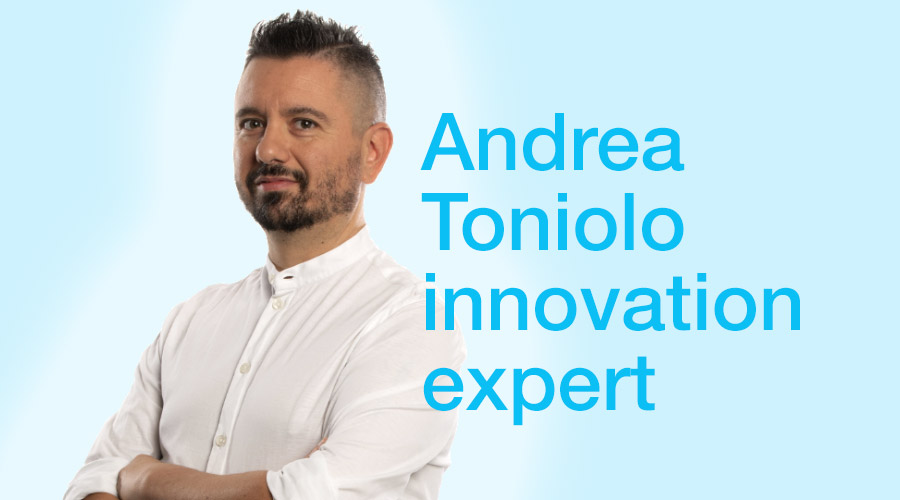
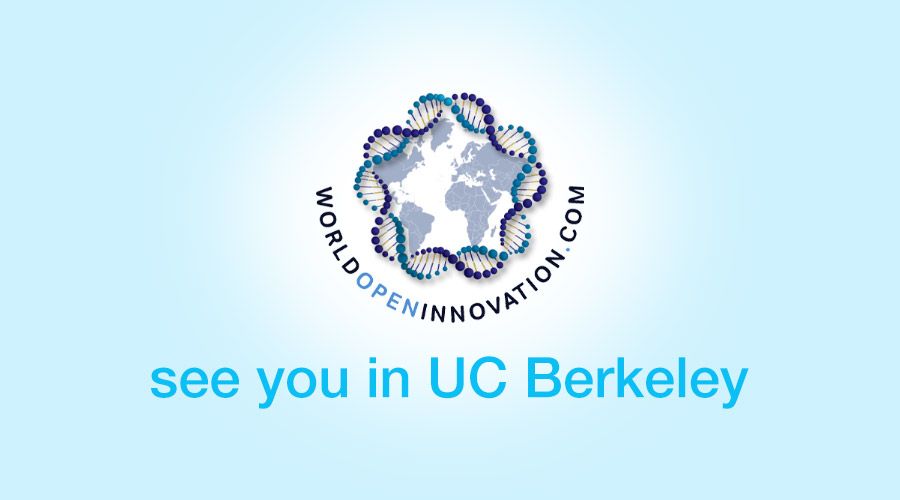
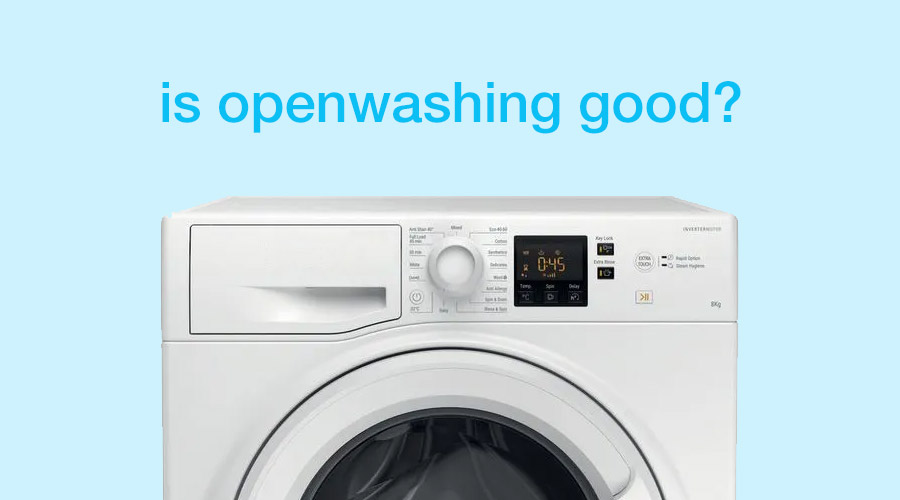
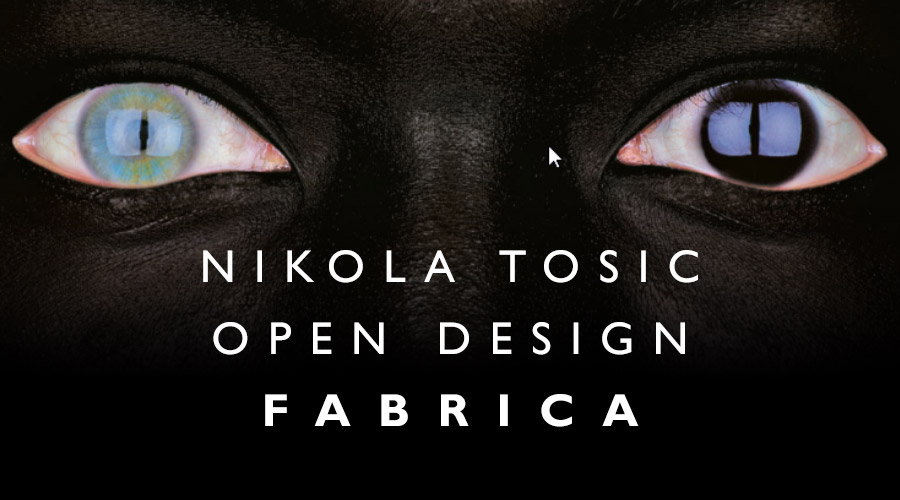
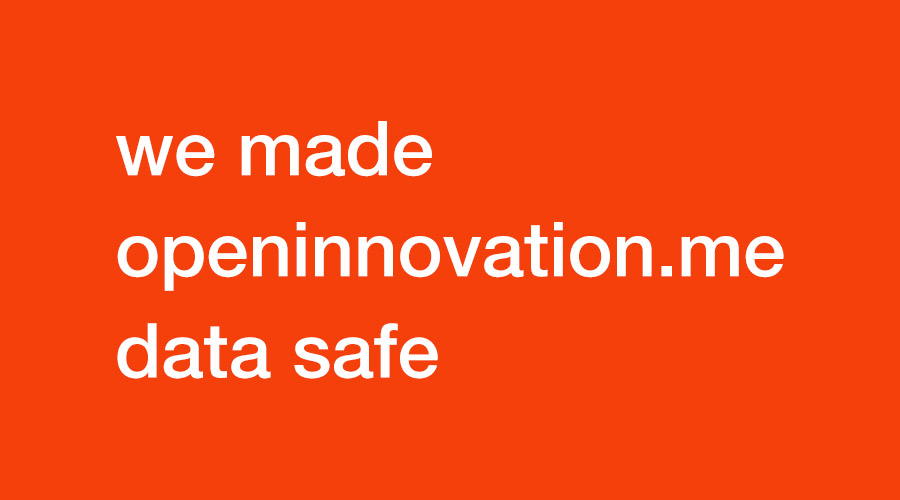
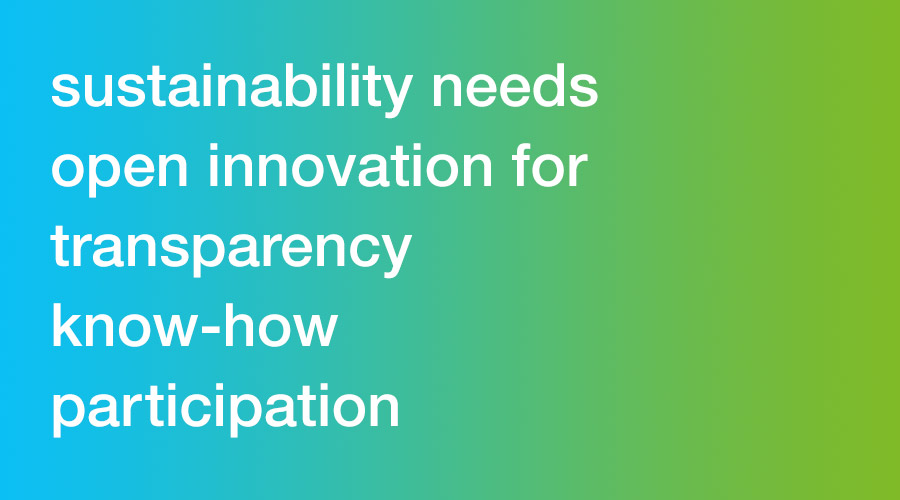
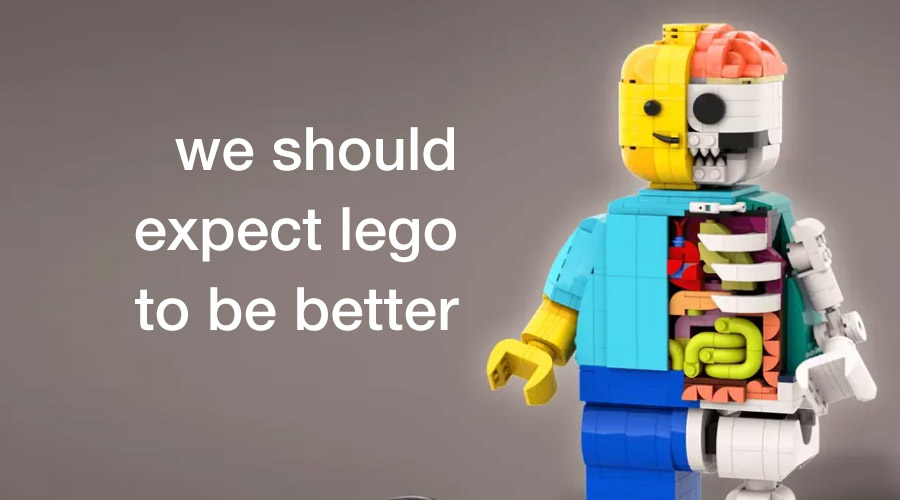
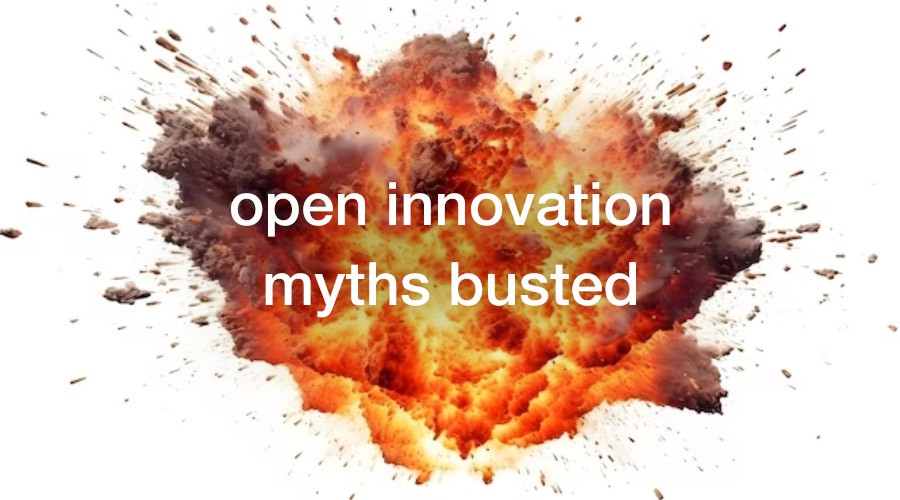
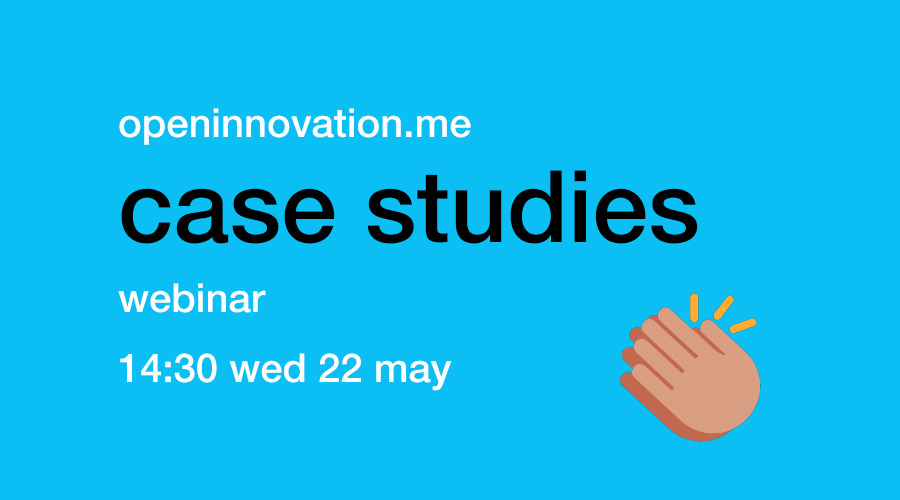
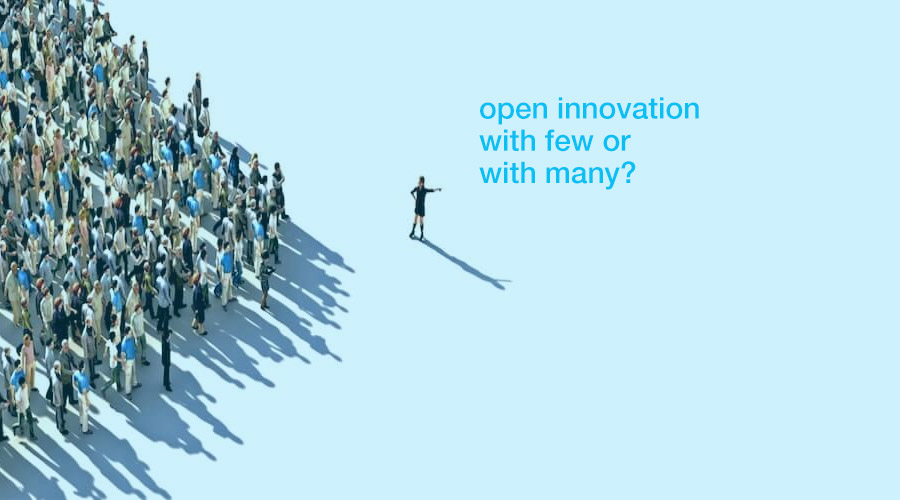
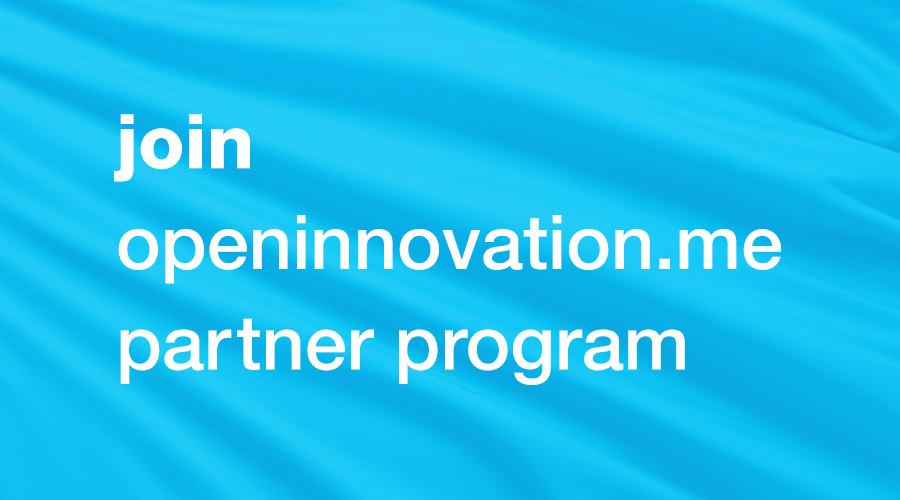
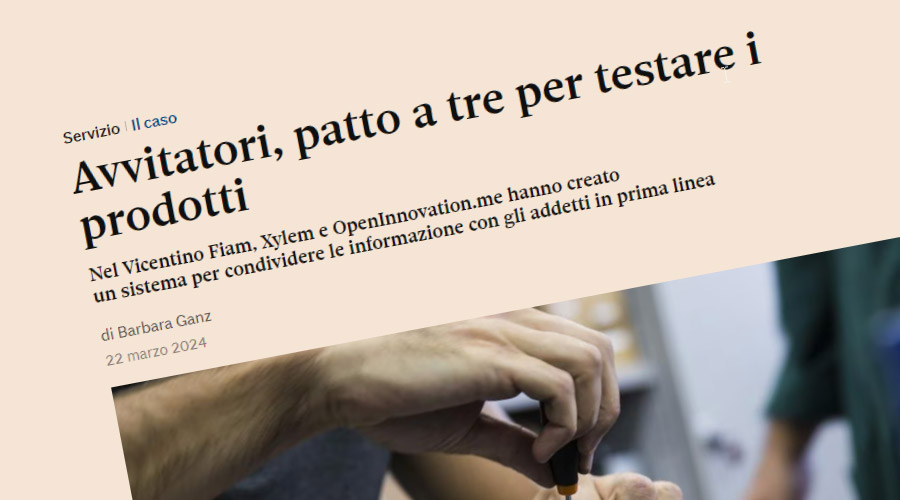
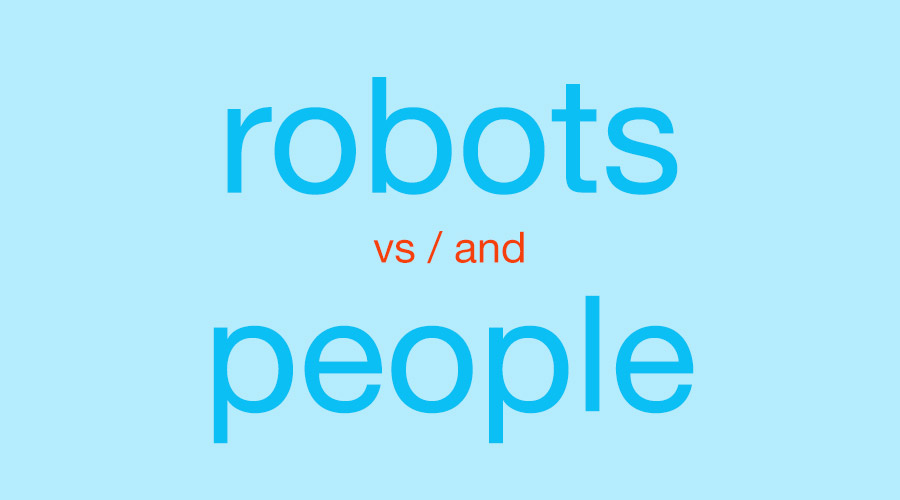
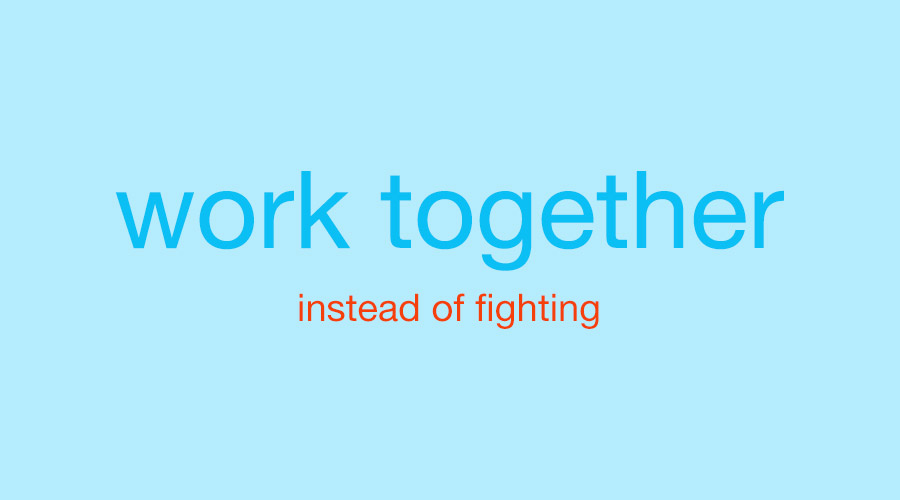
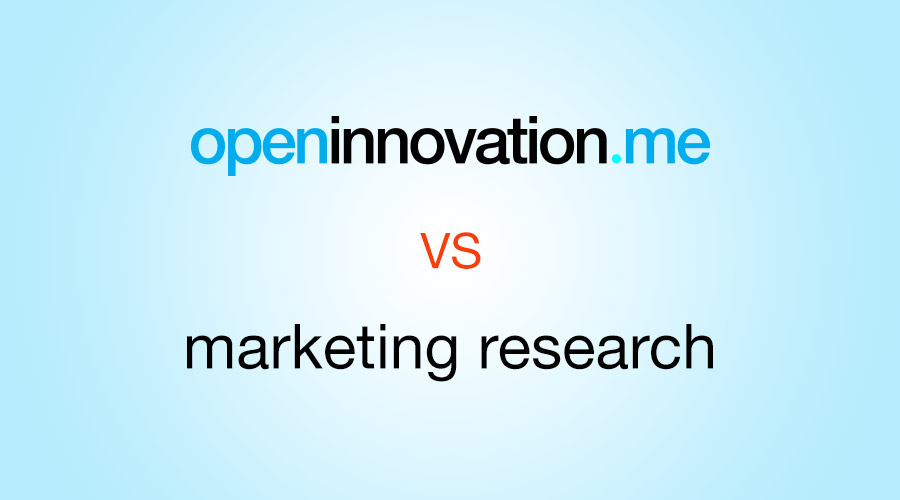
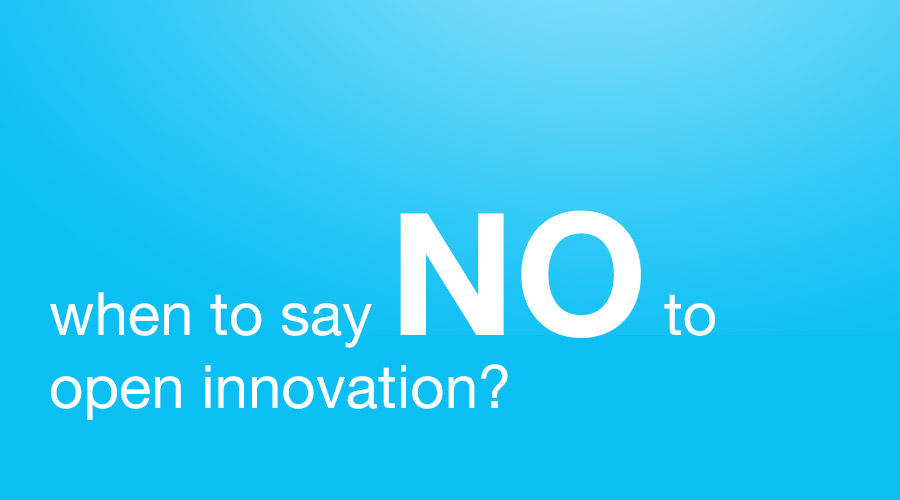
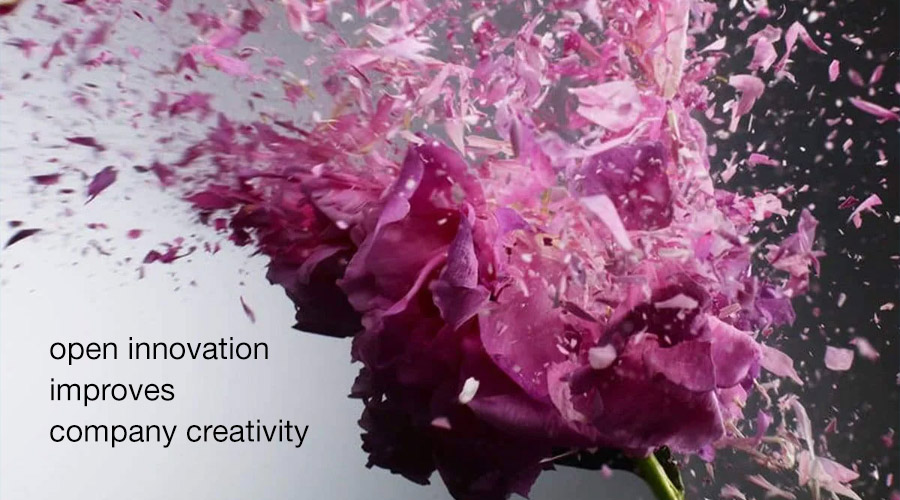
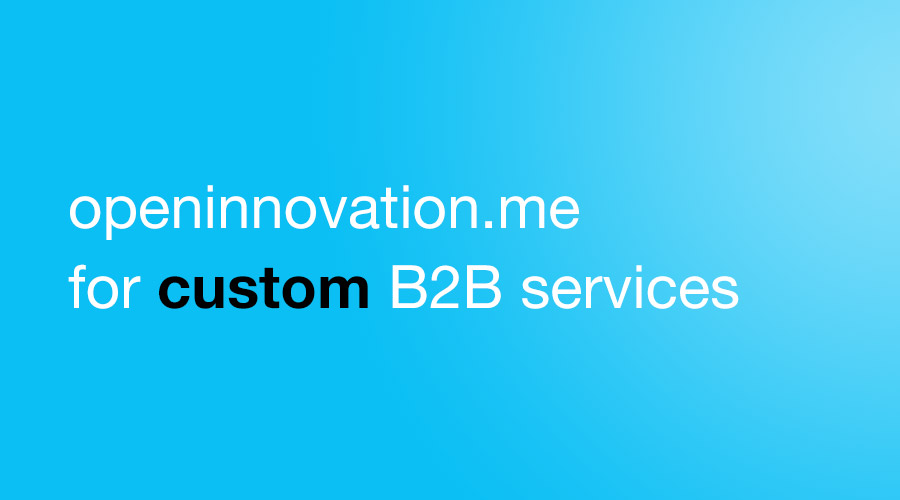
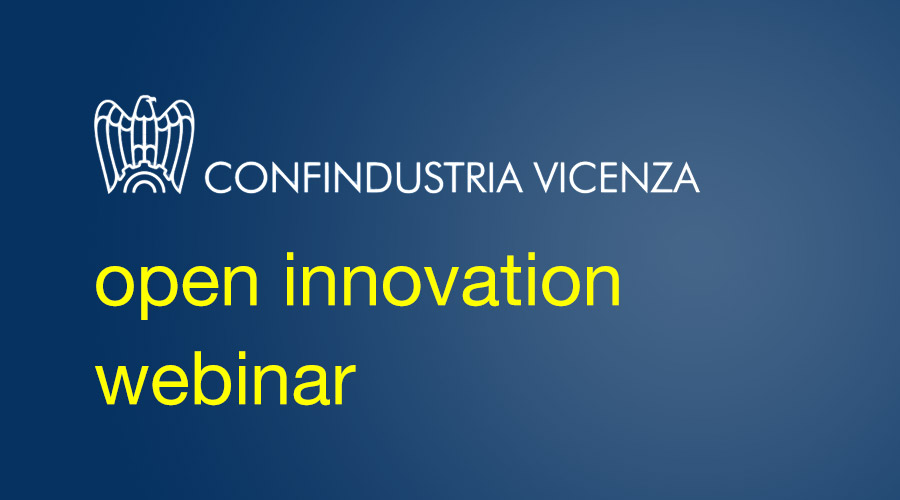
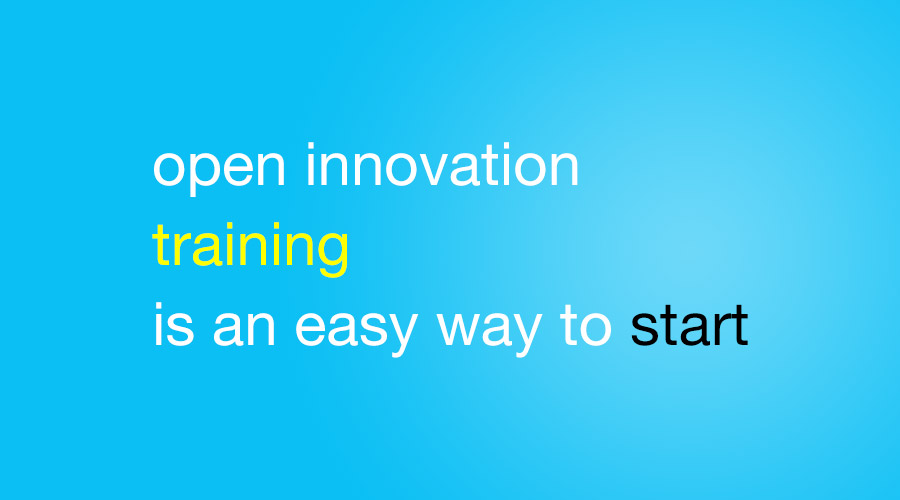


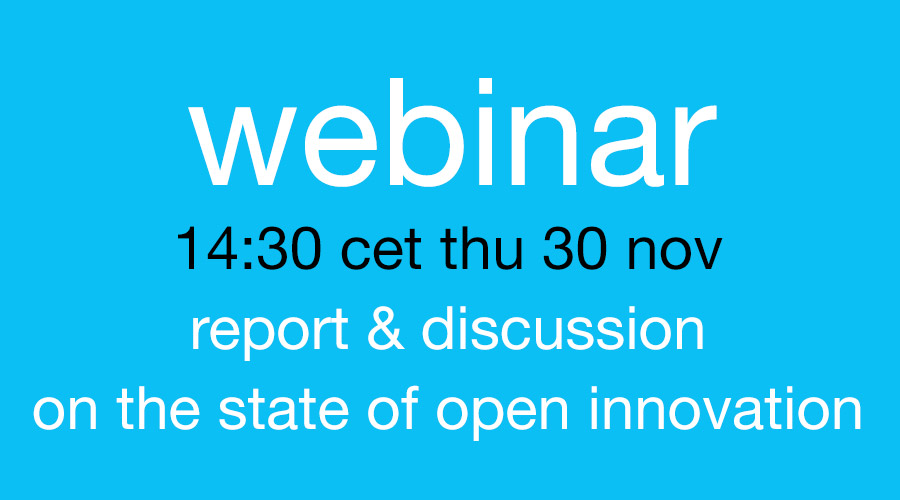
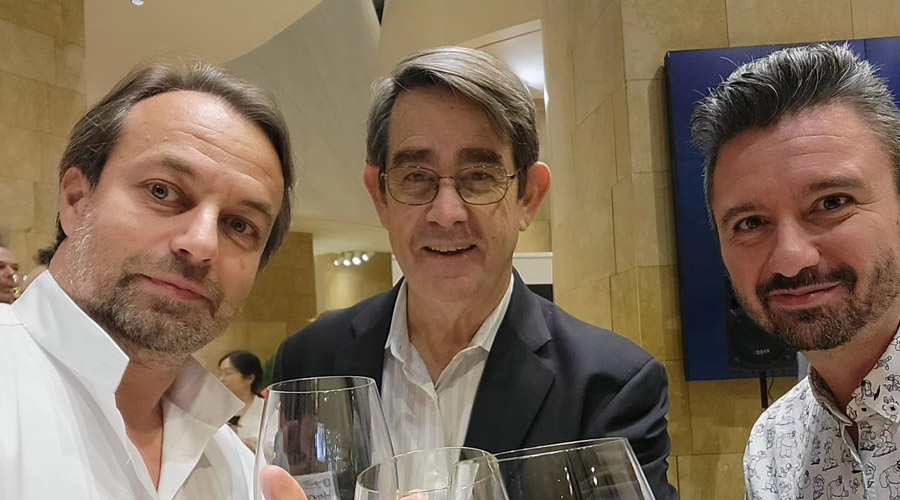
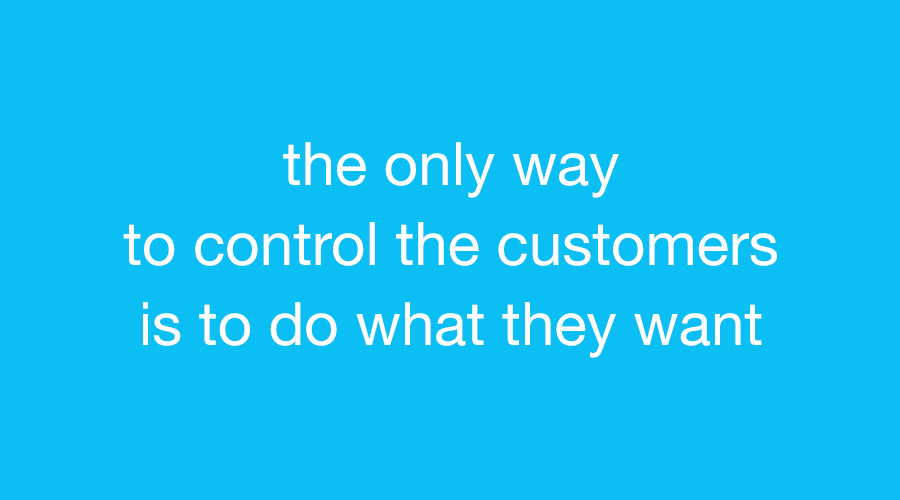



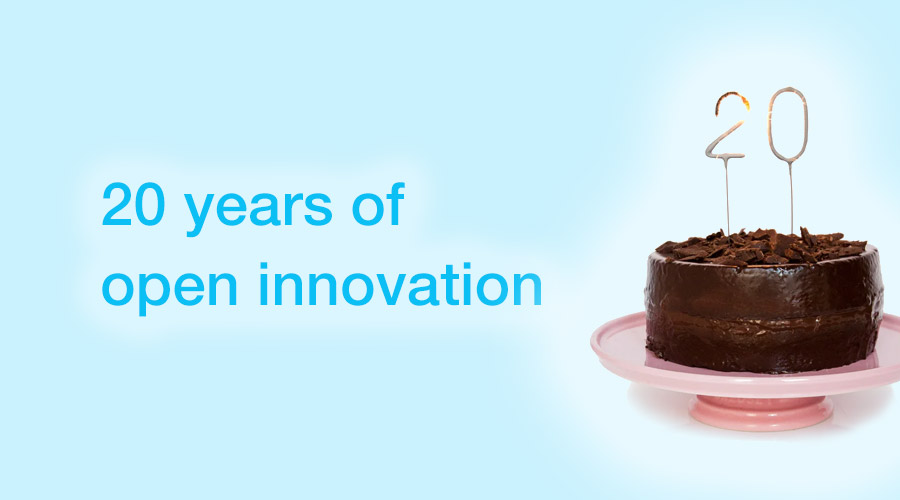
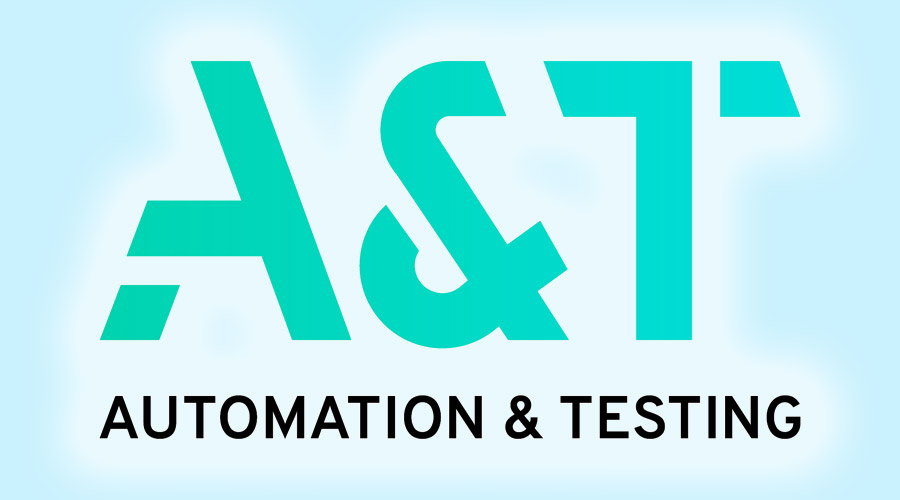
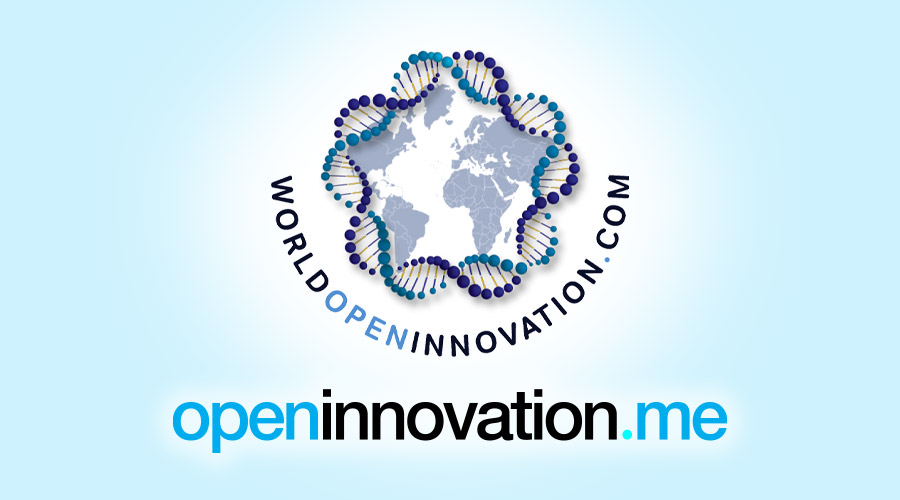
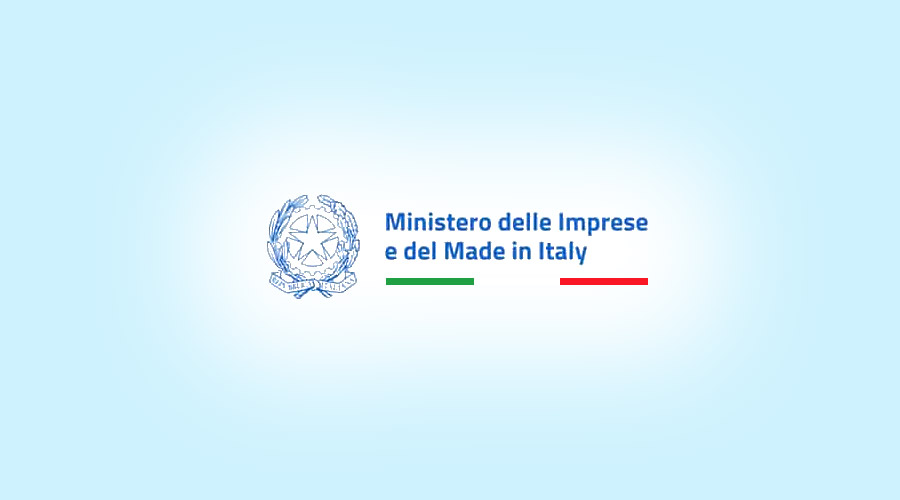

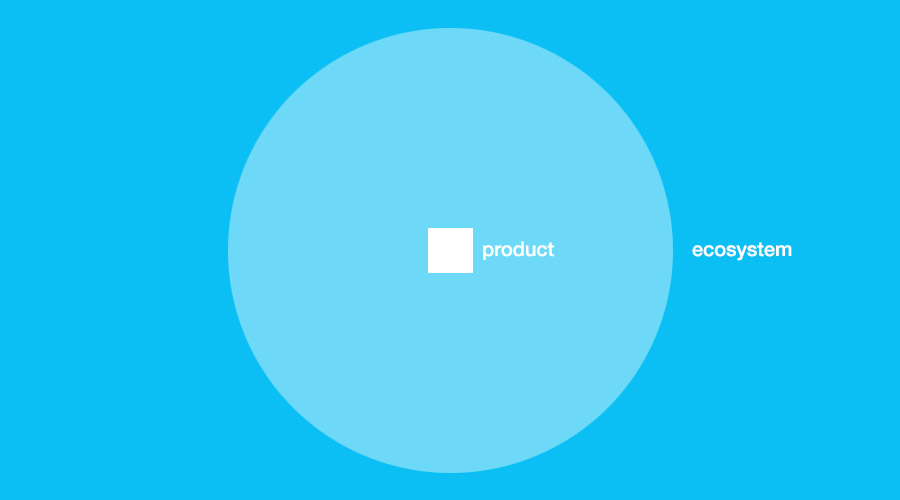
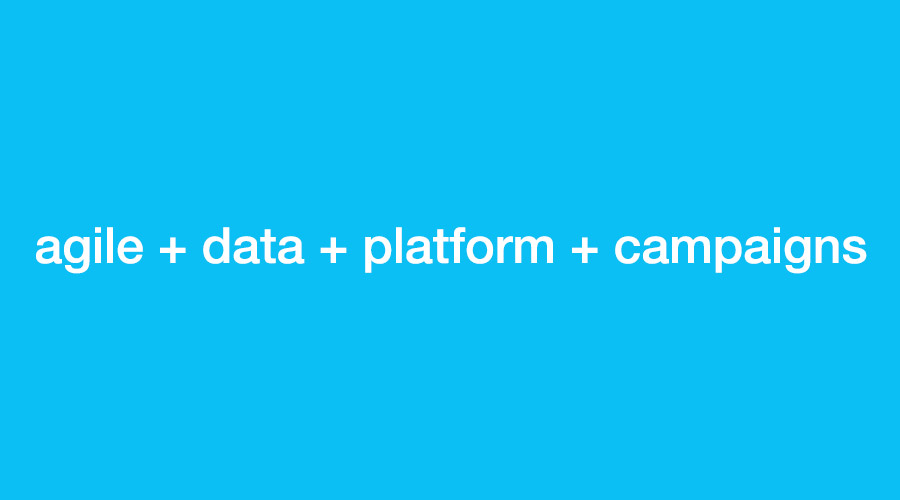
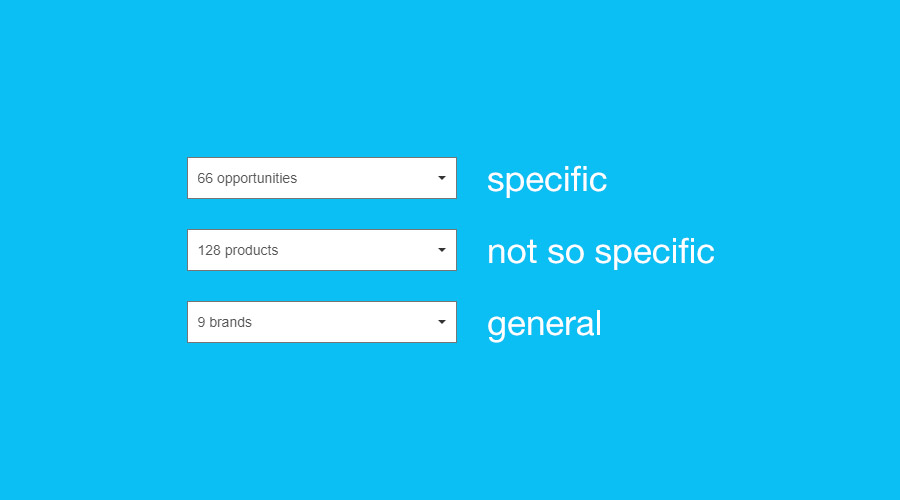
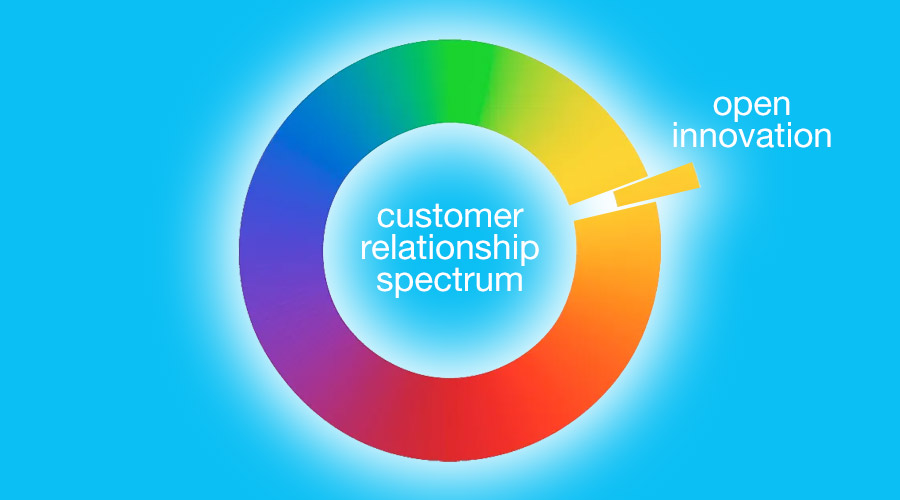
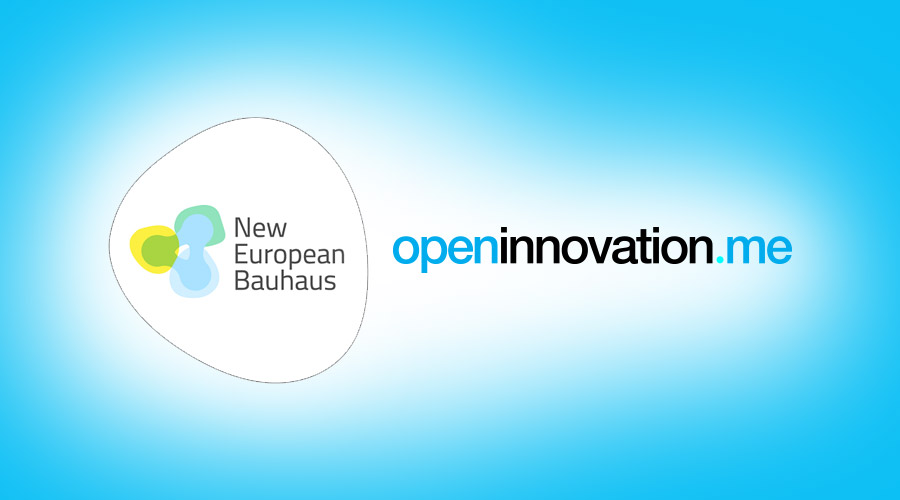
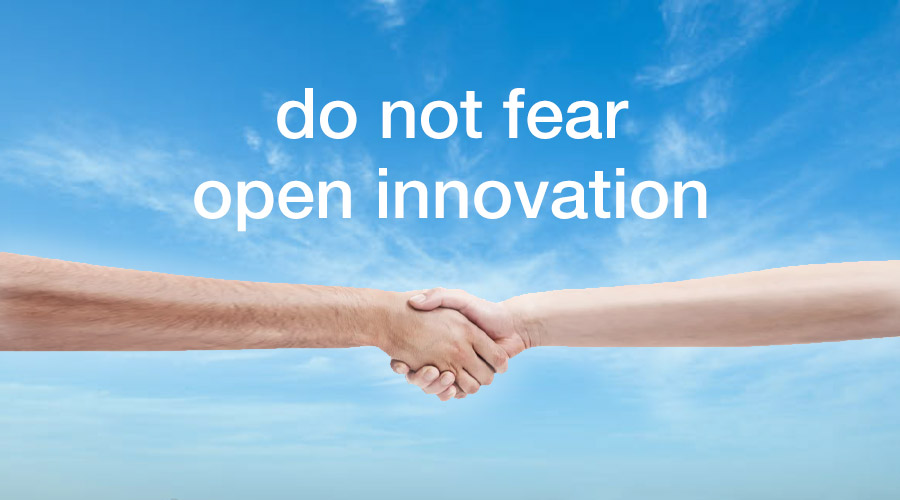


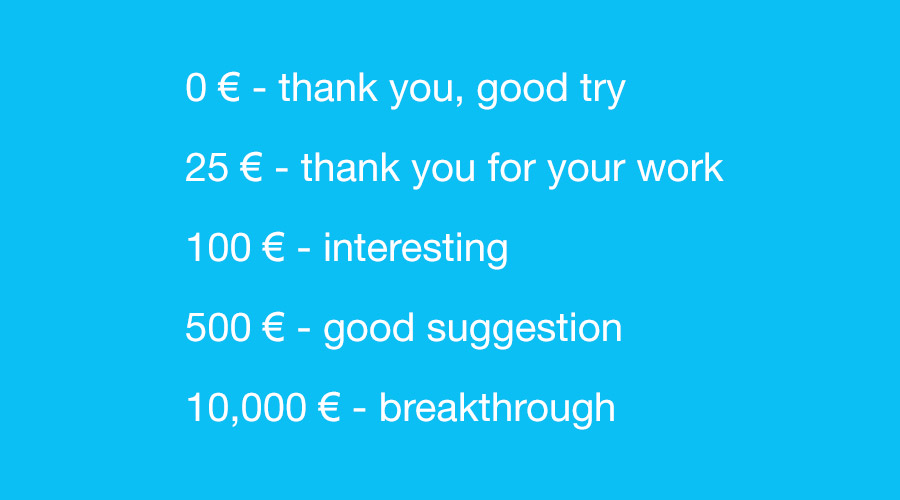



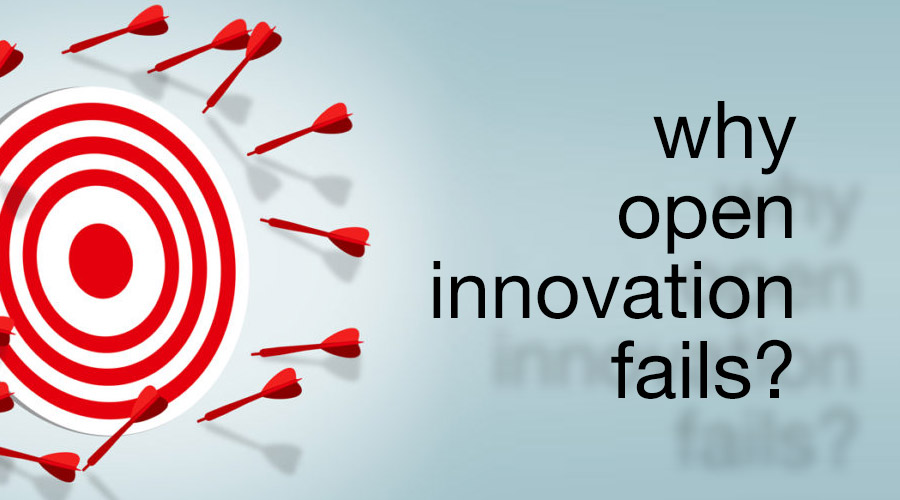

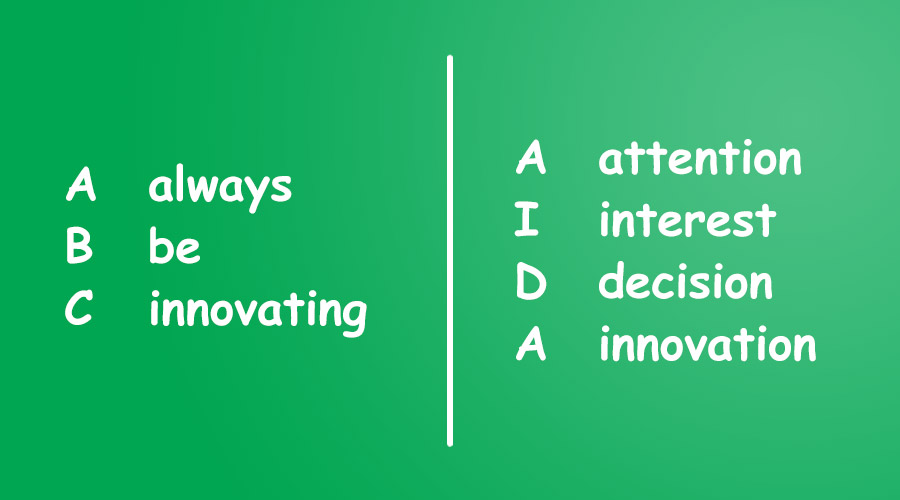
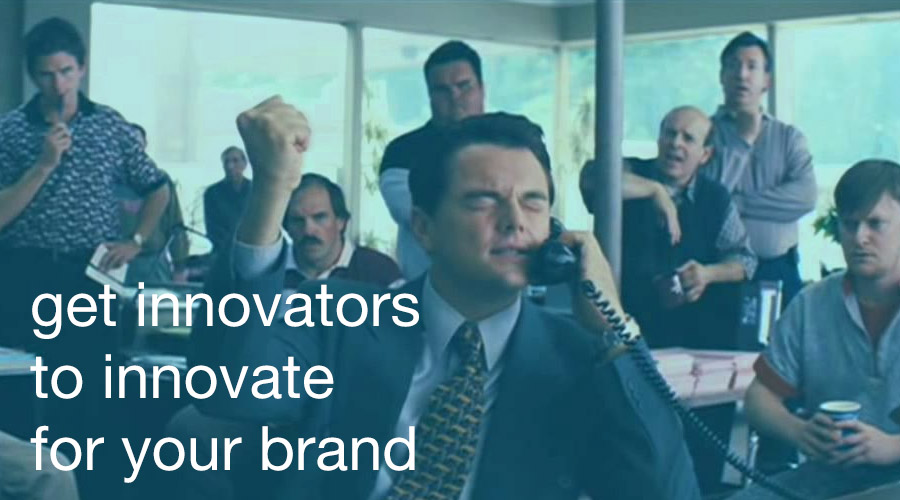
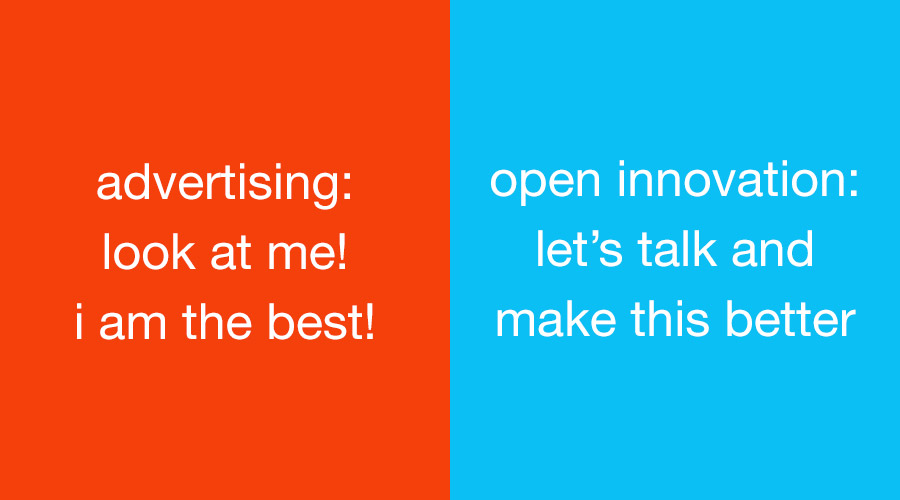
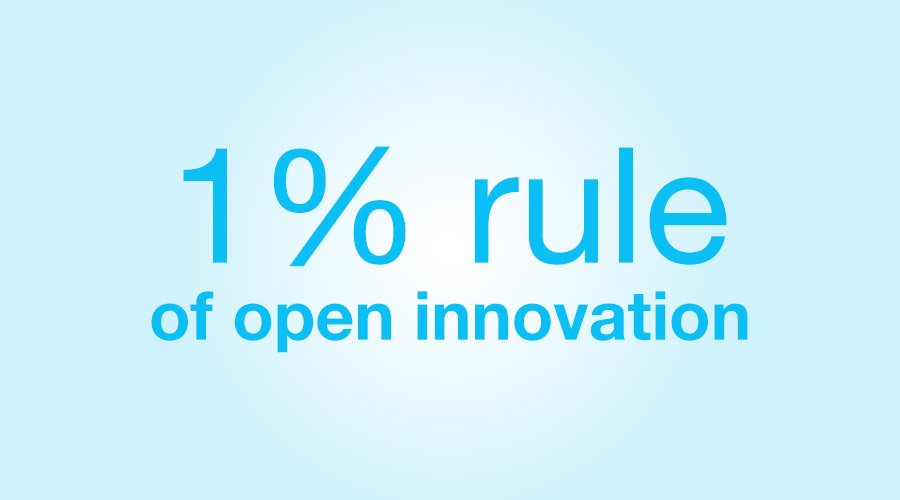

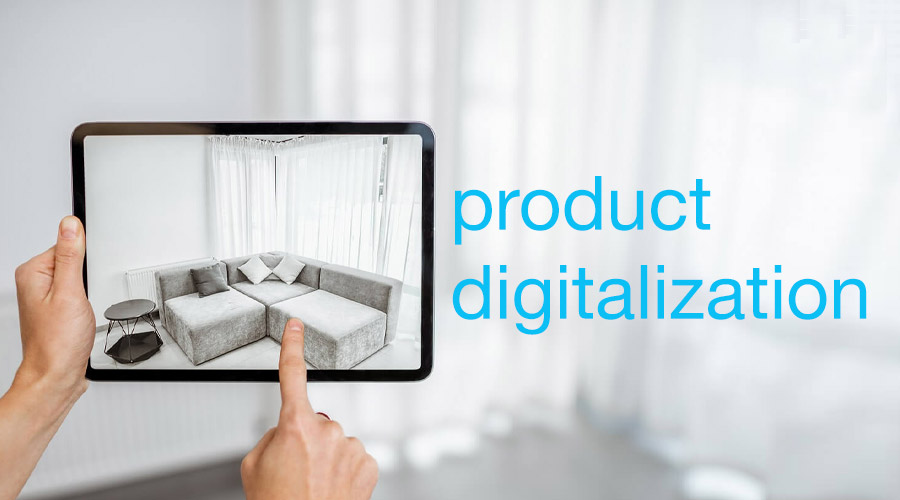

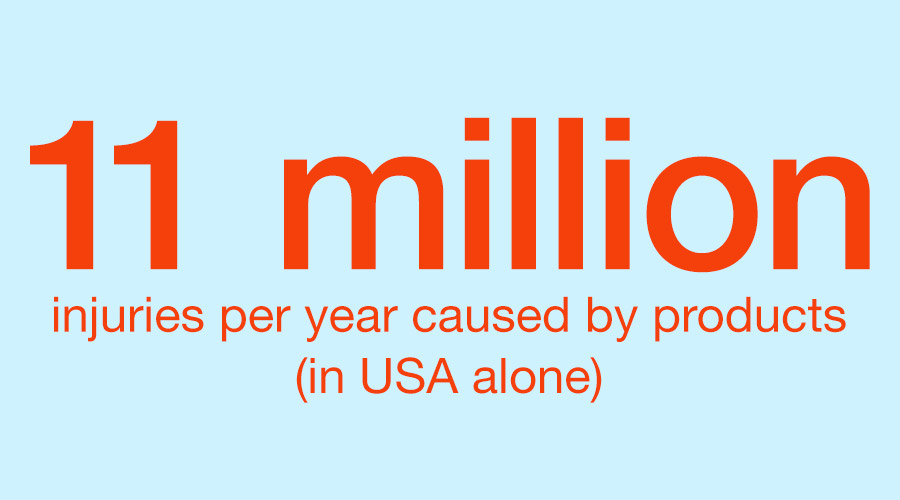
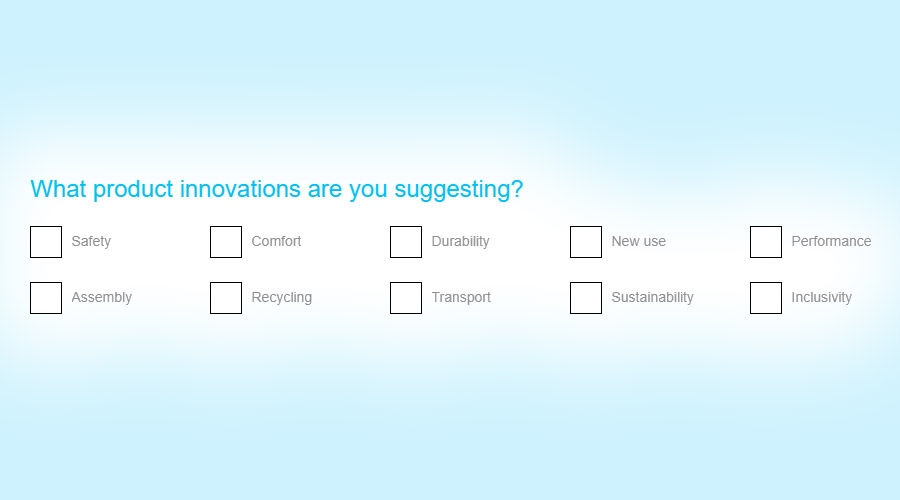
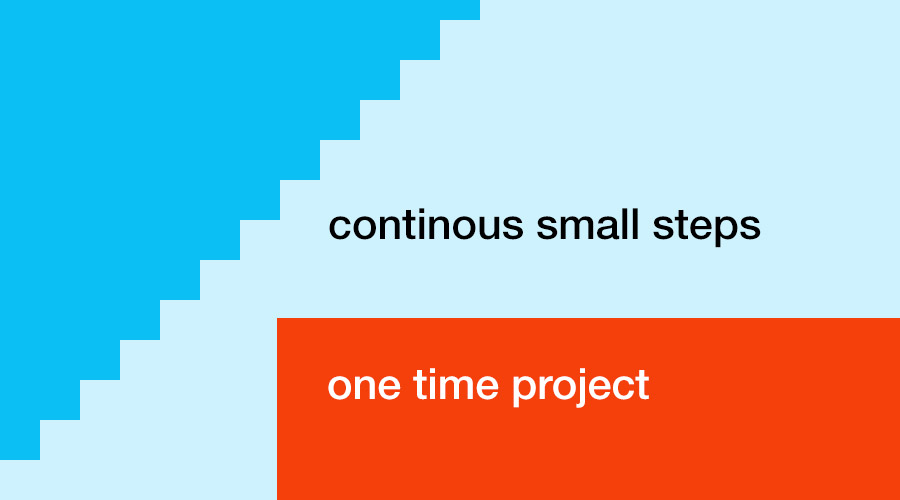

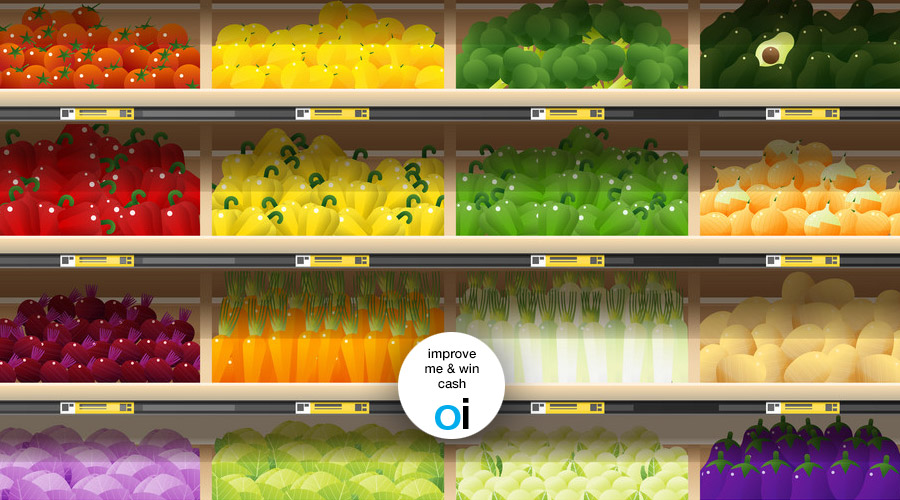
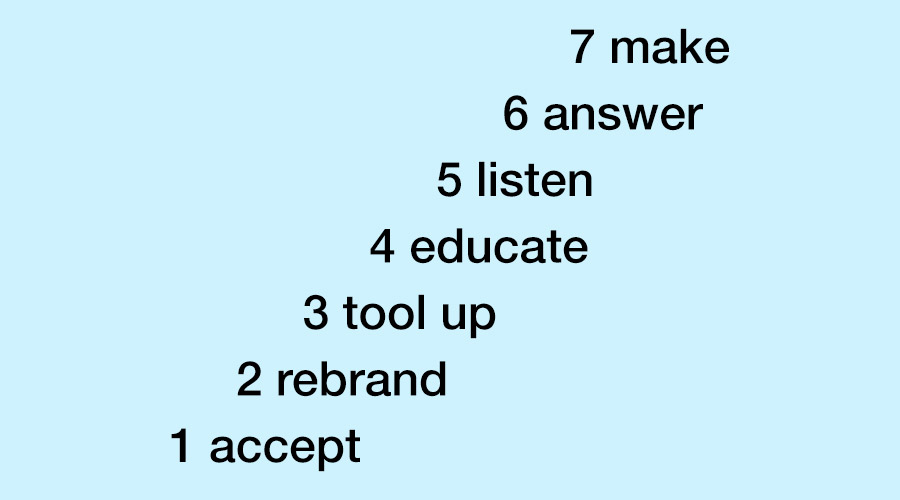
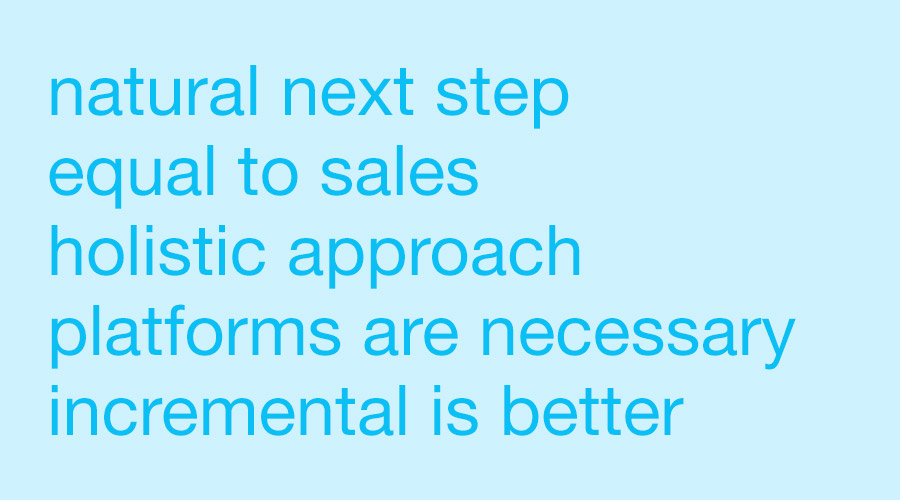

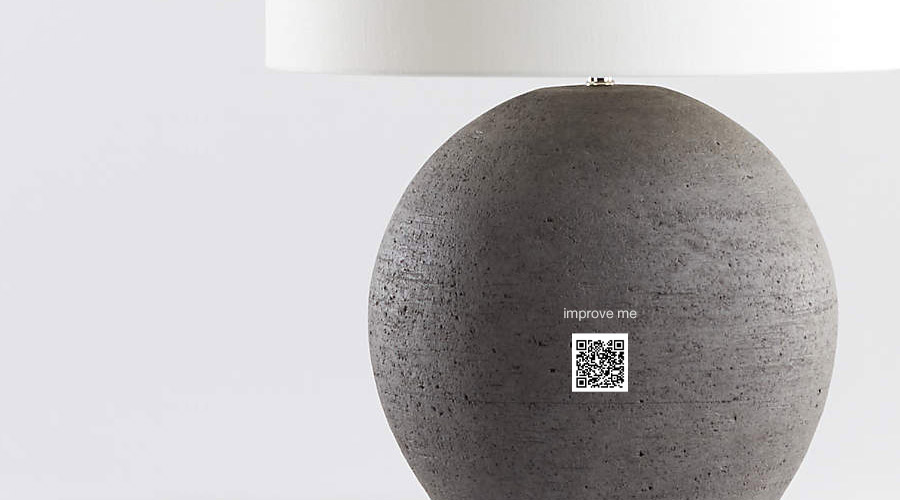
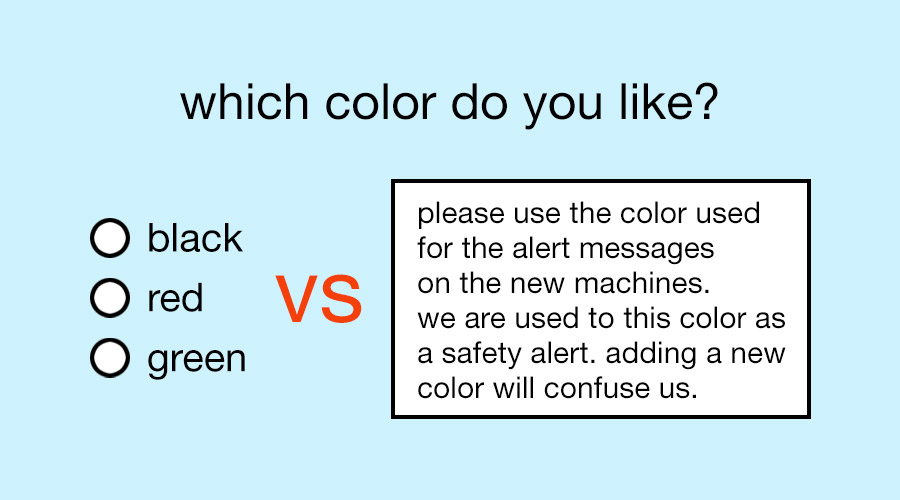
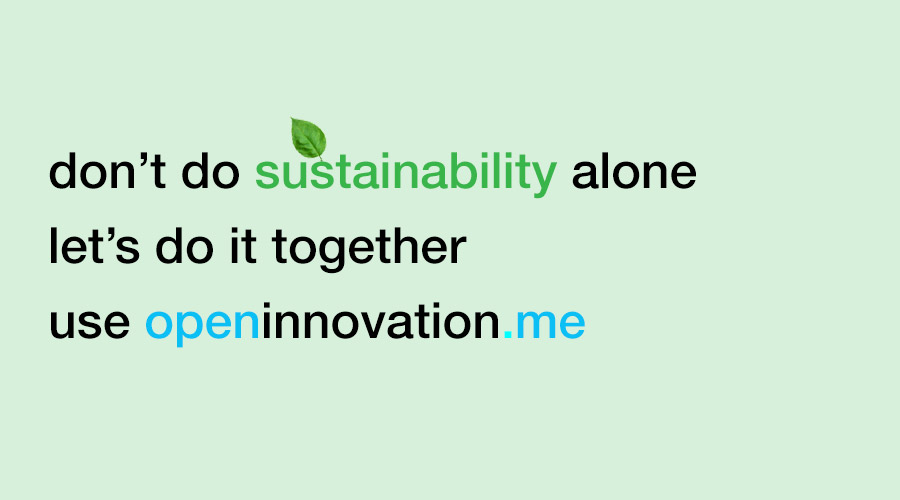
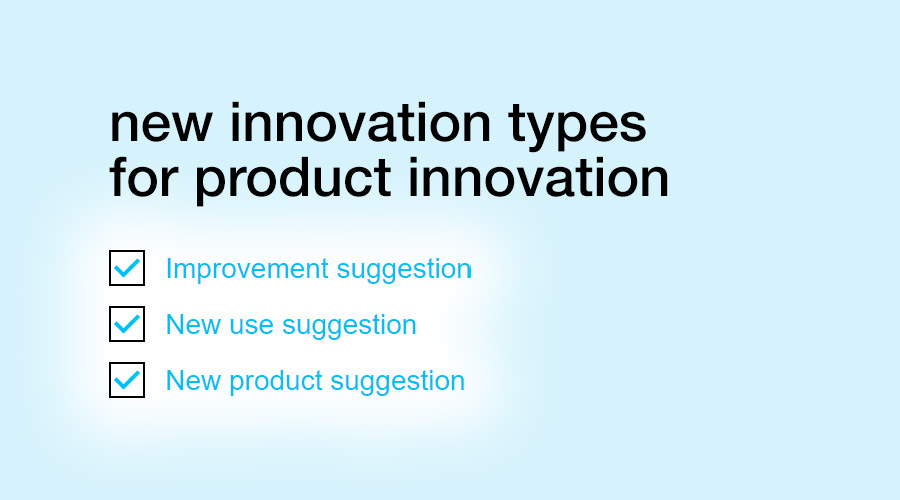
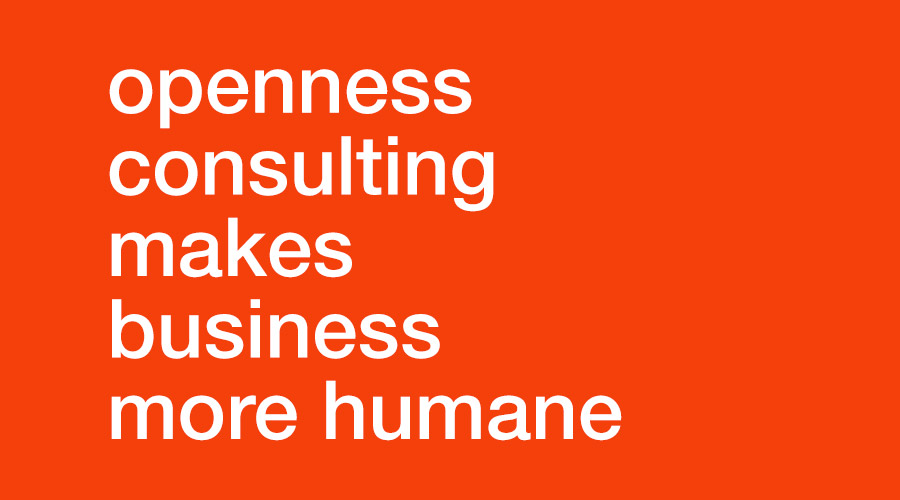
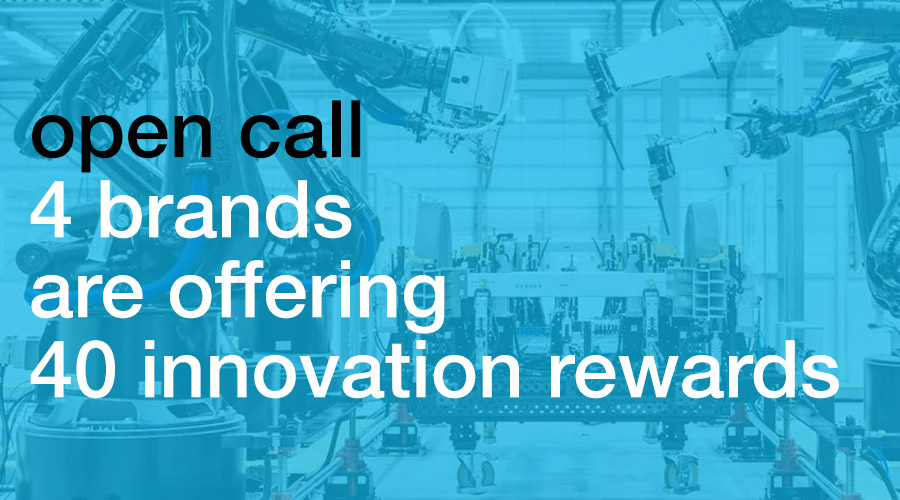
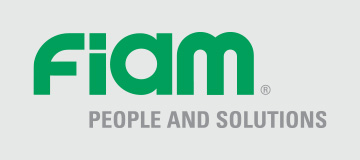
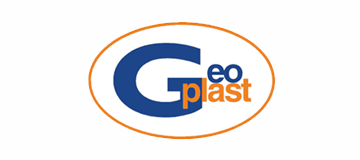
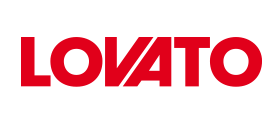
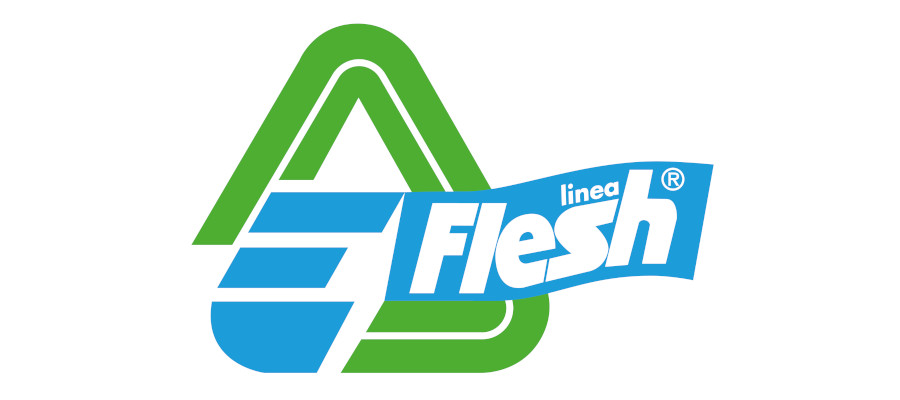
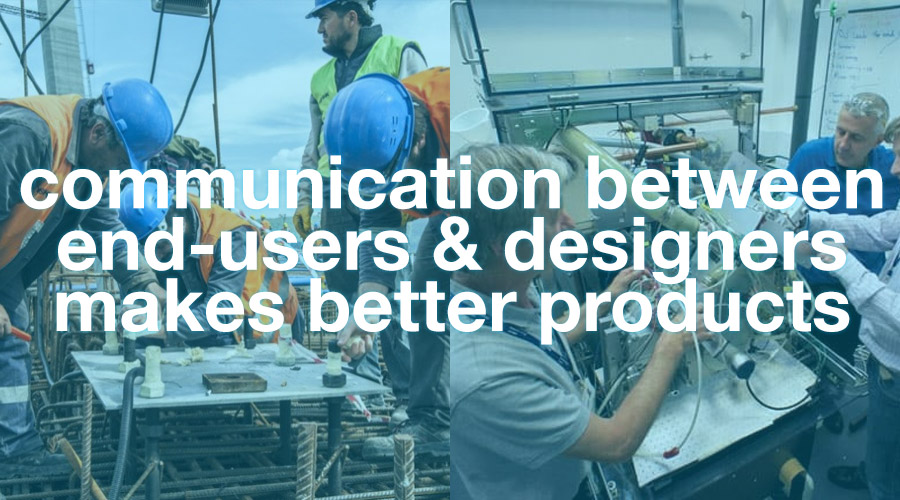
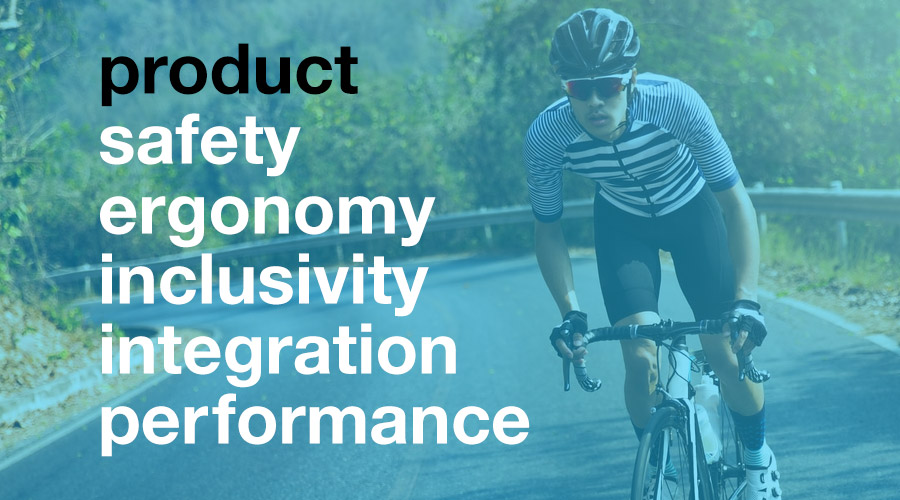
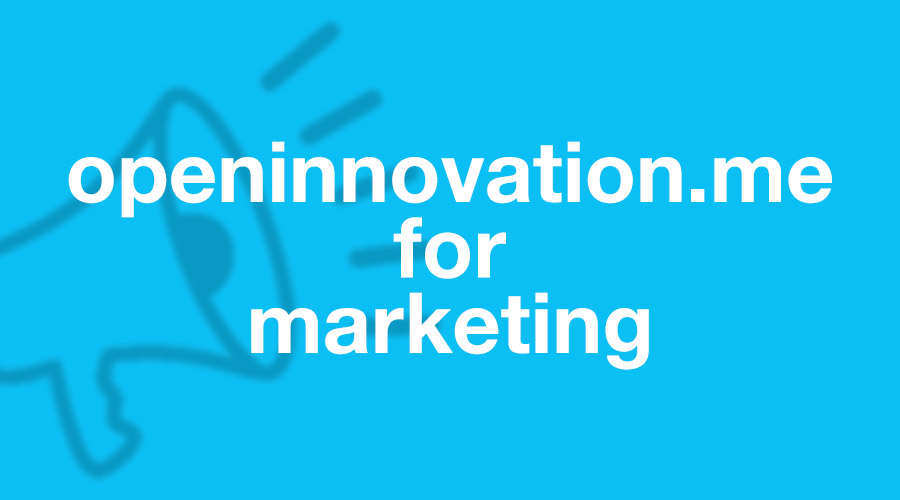
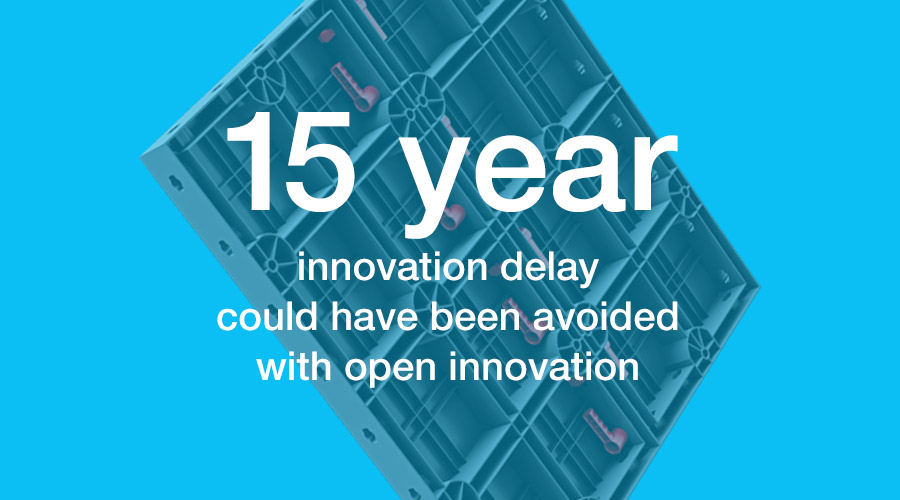
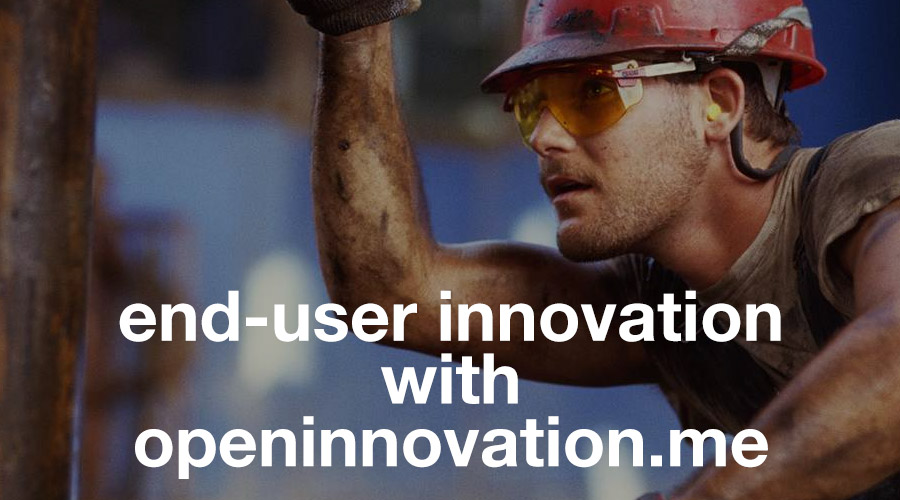
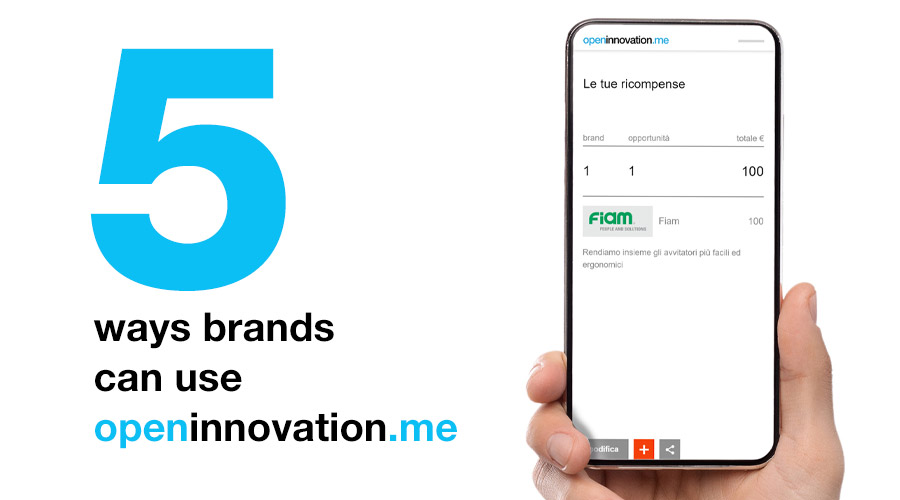
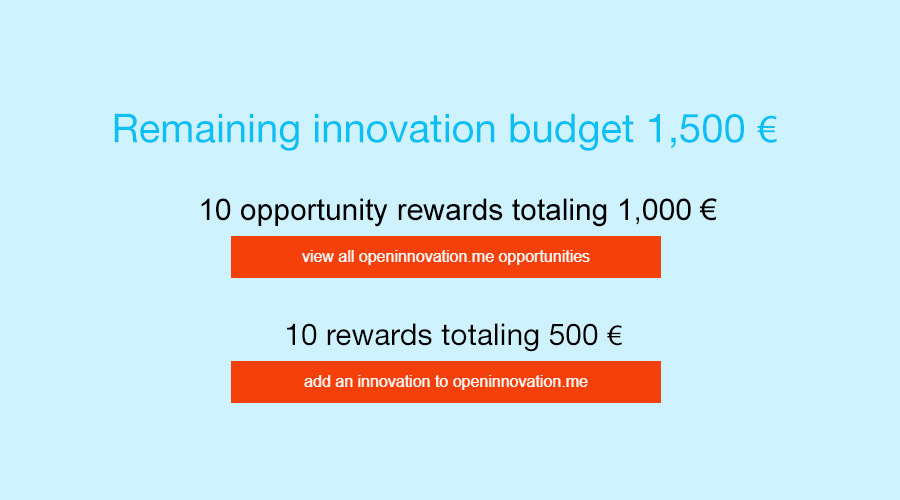
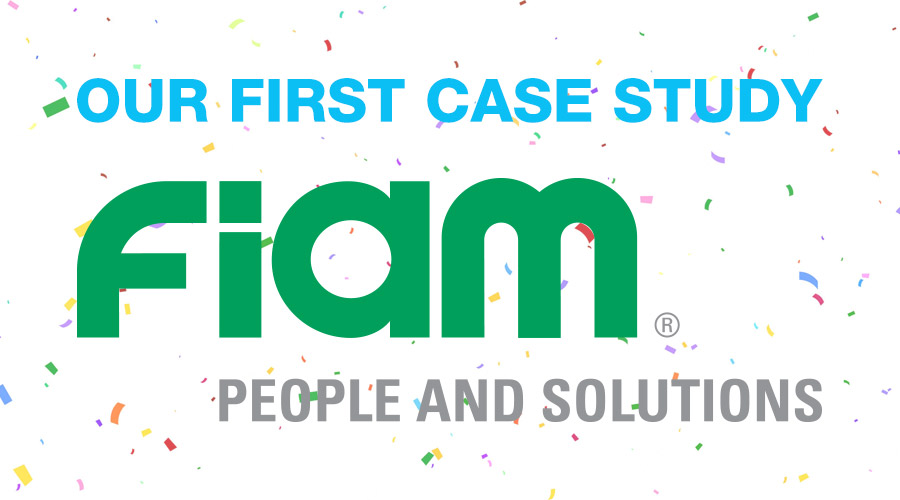
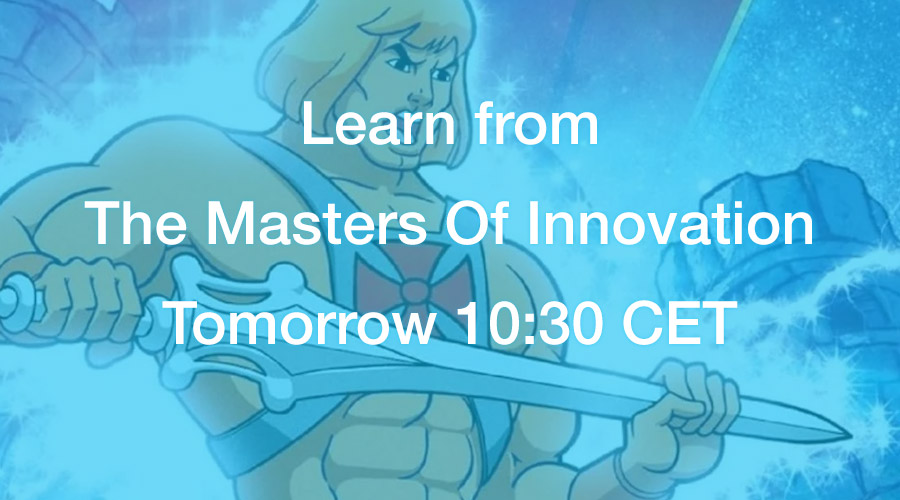
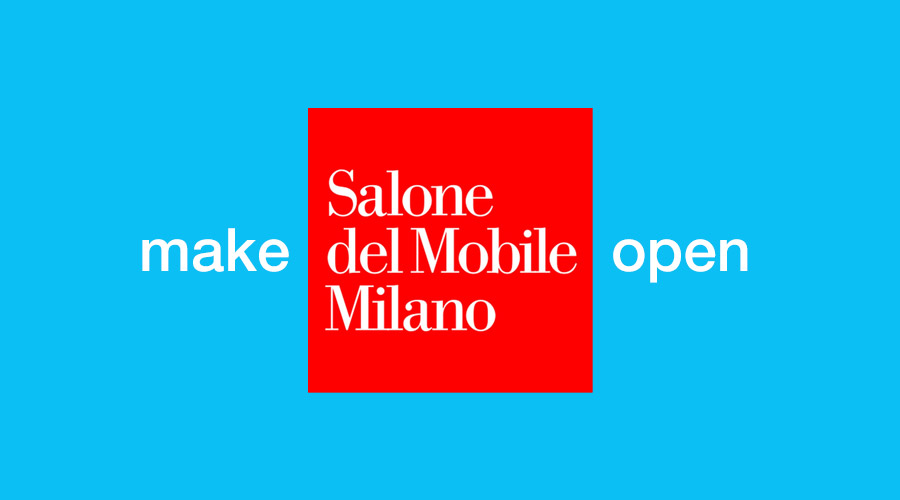
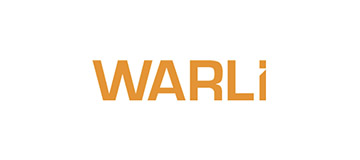
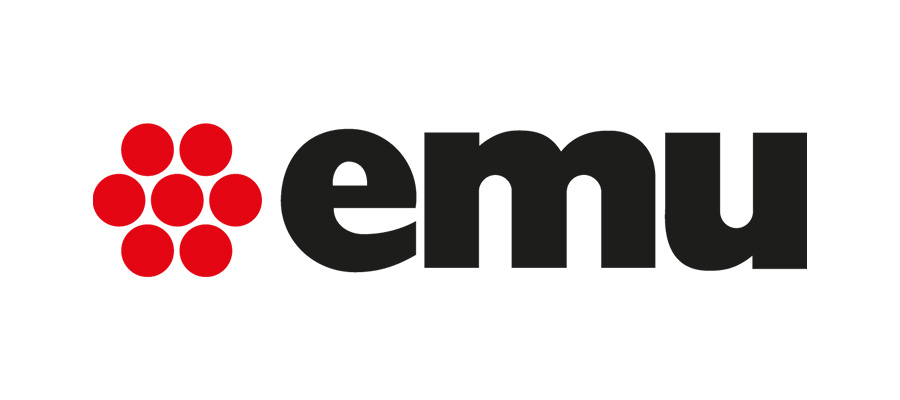
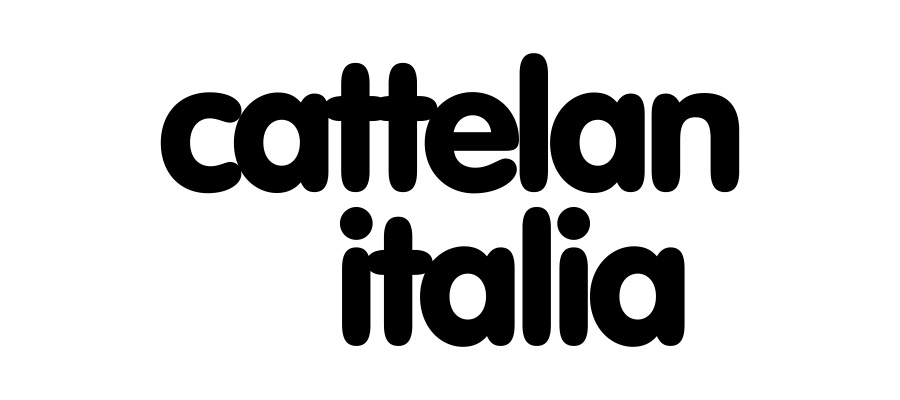
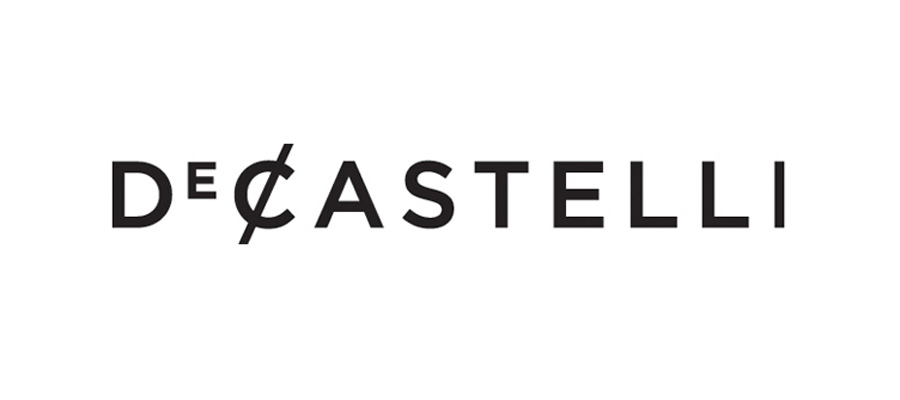
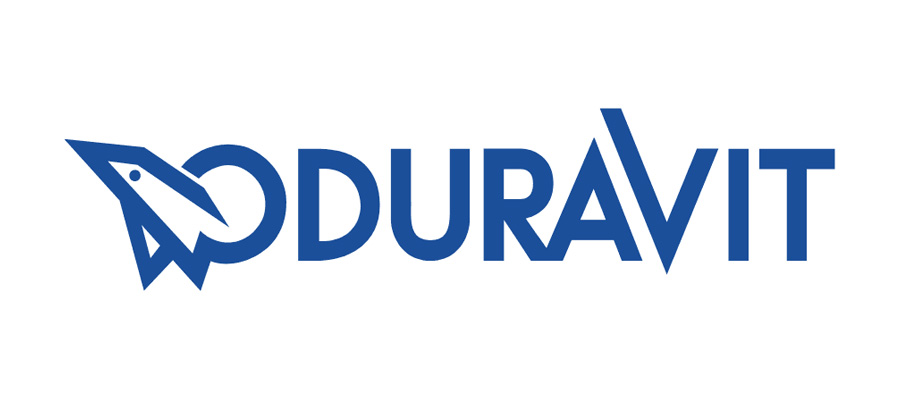
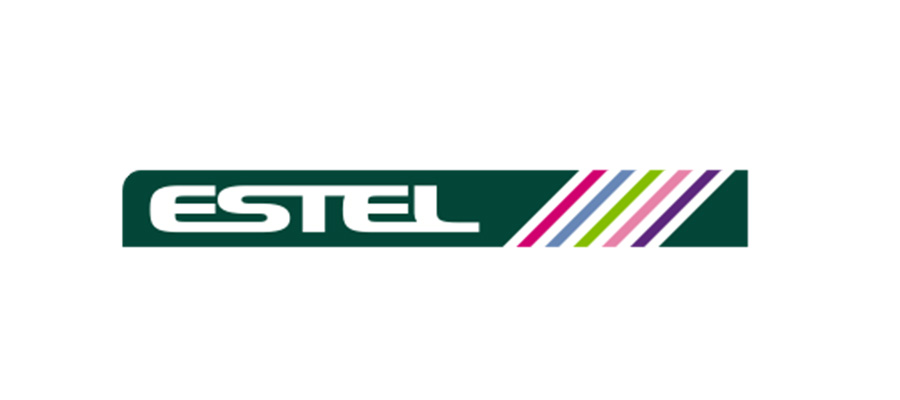
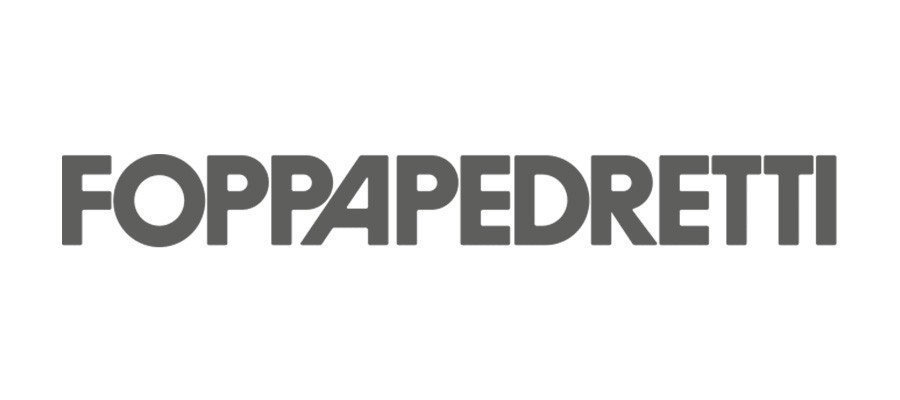
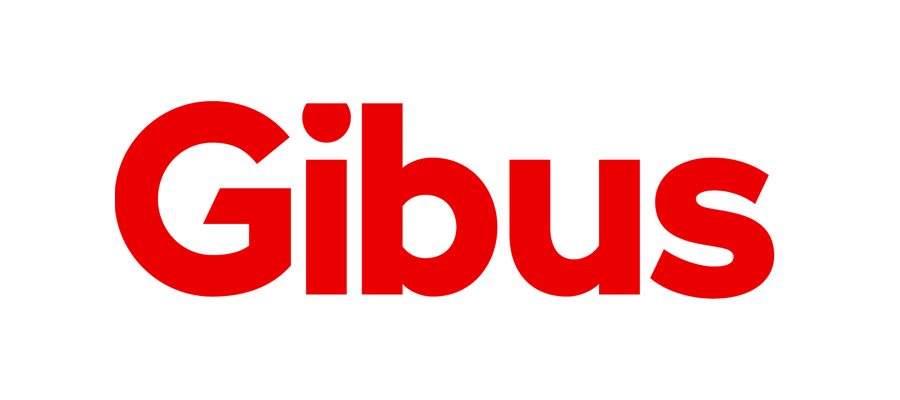
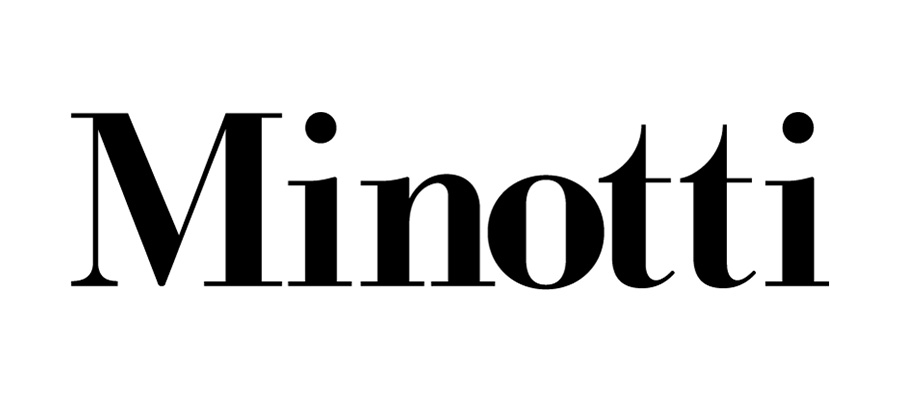
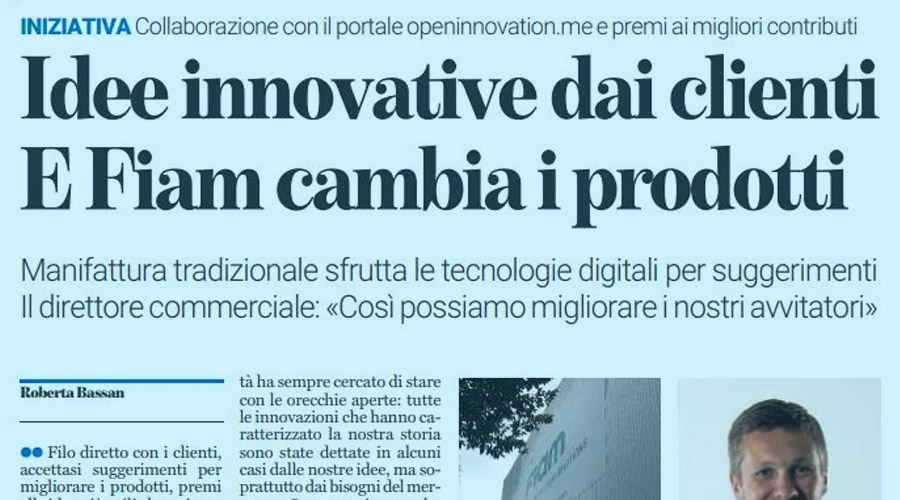
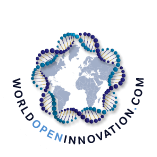
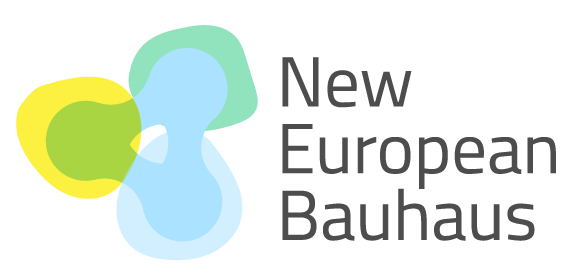
Market research, focus groups, social media comments, open innovation...
What is the difference between market research, focus groups, social media comments, and open innovation?
They all share the same goal – inform the company about what customers want. But they all use different methods, have different costs, and give different results. Most importantly, they are not in competition with each other, but they work together to complete the picture of what customers want.
Market research
Market research uses polls and interviews, and other similar methods which elicit very specific structured feedback from customers. Questions are designed by the company to be easily quantified in hope that more customers offer more input which is easy to process. Market research can be expensive and biased, but needs little change in the company.
Focus groups
Selected customers are asked for a more elaborate opinion. These are very controlled situations which can provide good insight but again in a very controlled way. Focus groups can be very expensive and biased, and they also need almost no change in the company.
Social media comments
They are free and abundant, but are very unstructured, hard to understand, and very biased. Most extreme comments can be in a minority but can still pull the company in a wrong direction. Social media comments do not need any change in the company.
Open innovation
Low cost and with minimum bias because of its focus on practical improvements, but it needs some changes in the company – which is actually good. All other three are external reactions which have very controlled effect on the company while open innovation builds a more transparent relationship with customers.
It is best to use all four together because they are not exclusive, but if you must chose one we suggest open innovation because of the low cost (thanks to openinnovation.me) and its direct and immediate positive impact on products.
To adopt open innovation email Andrea at andrea@openinnovation.me.